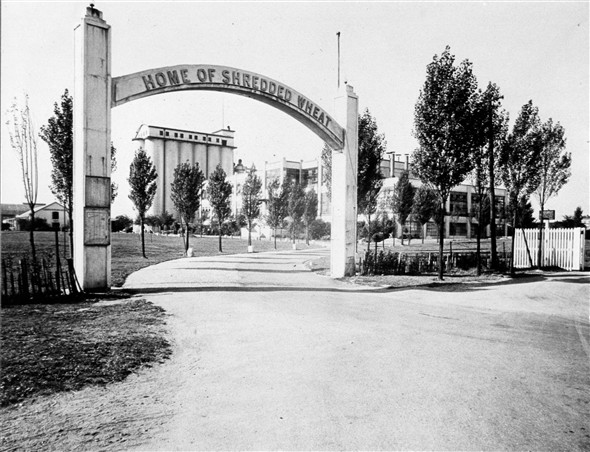
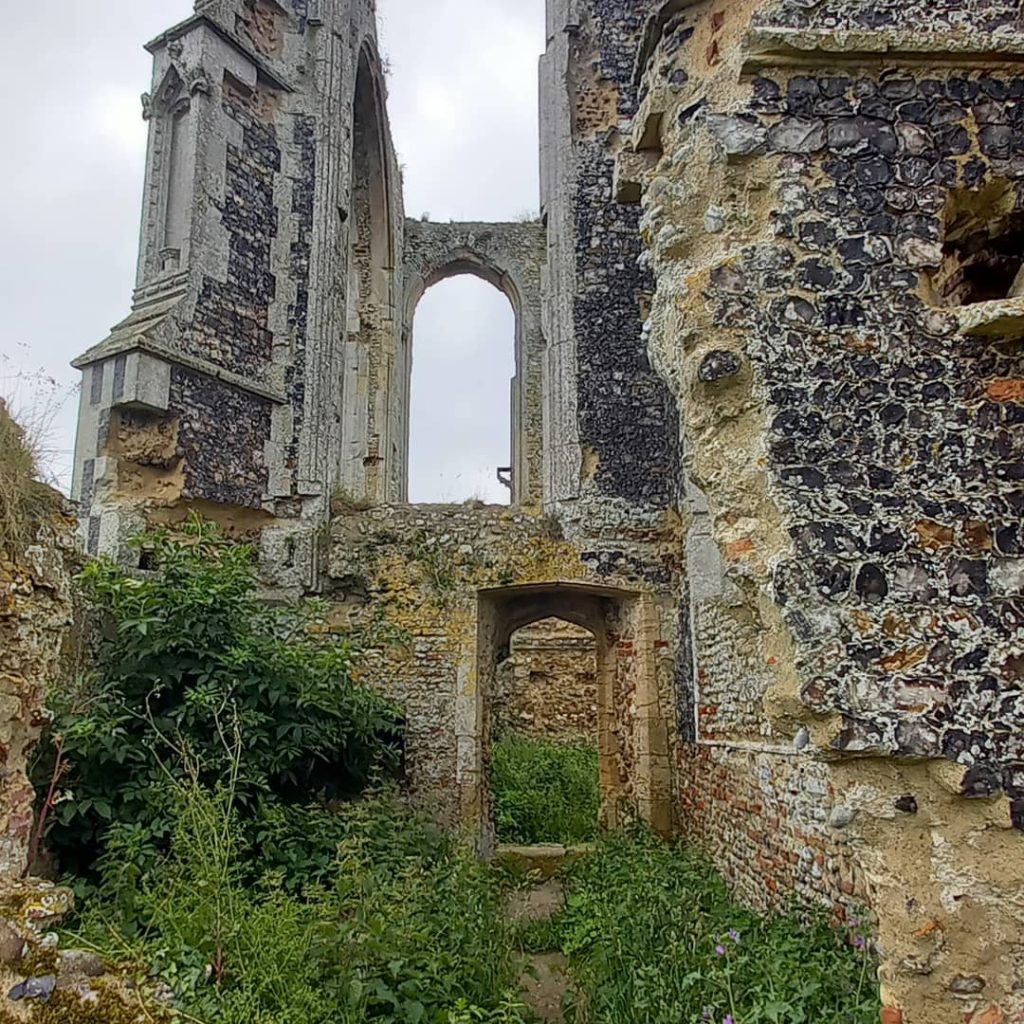
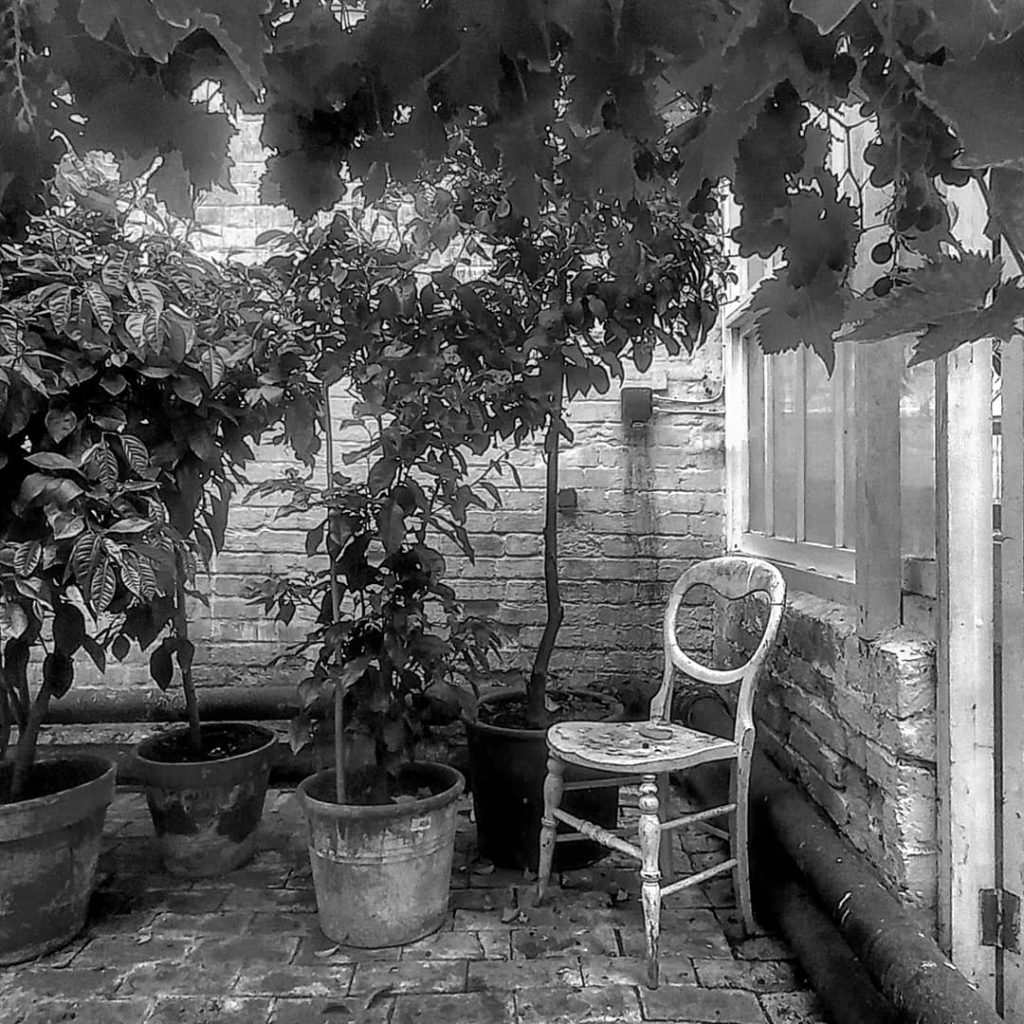
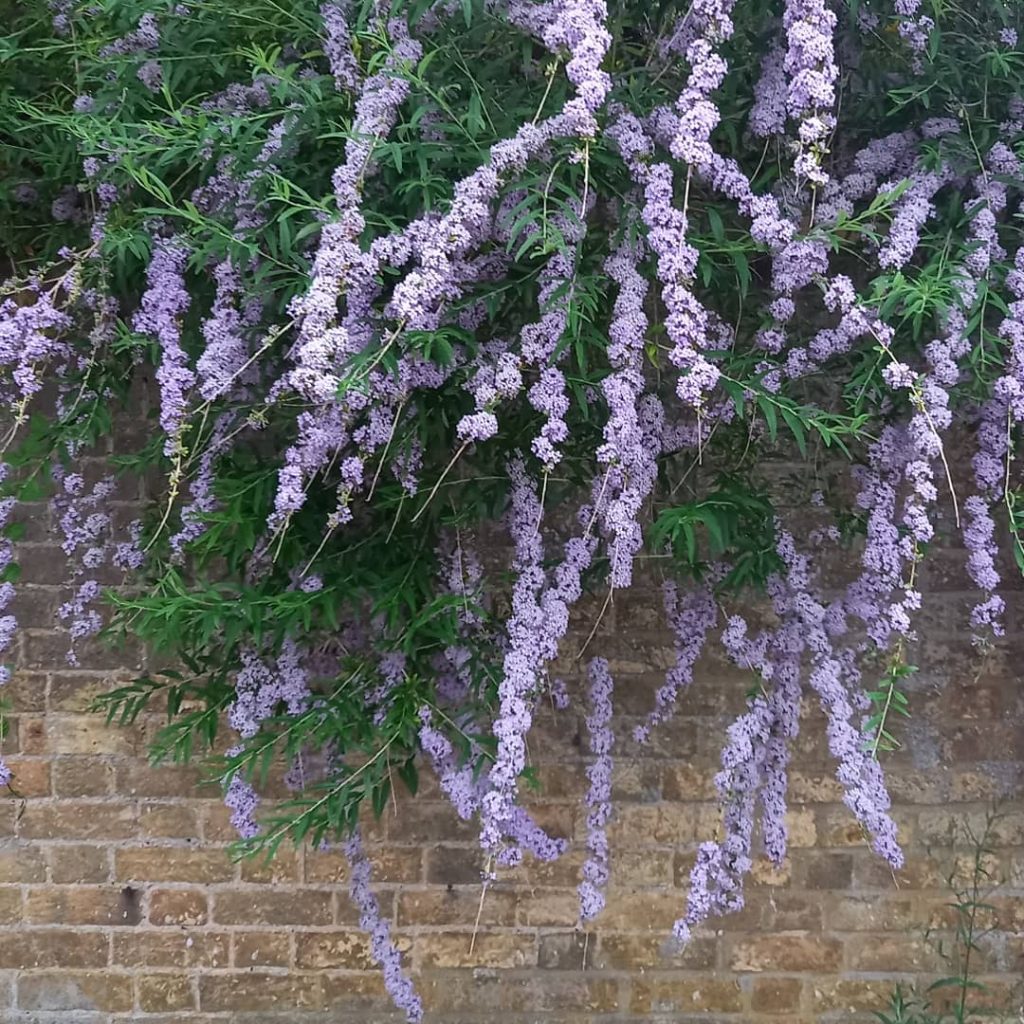

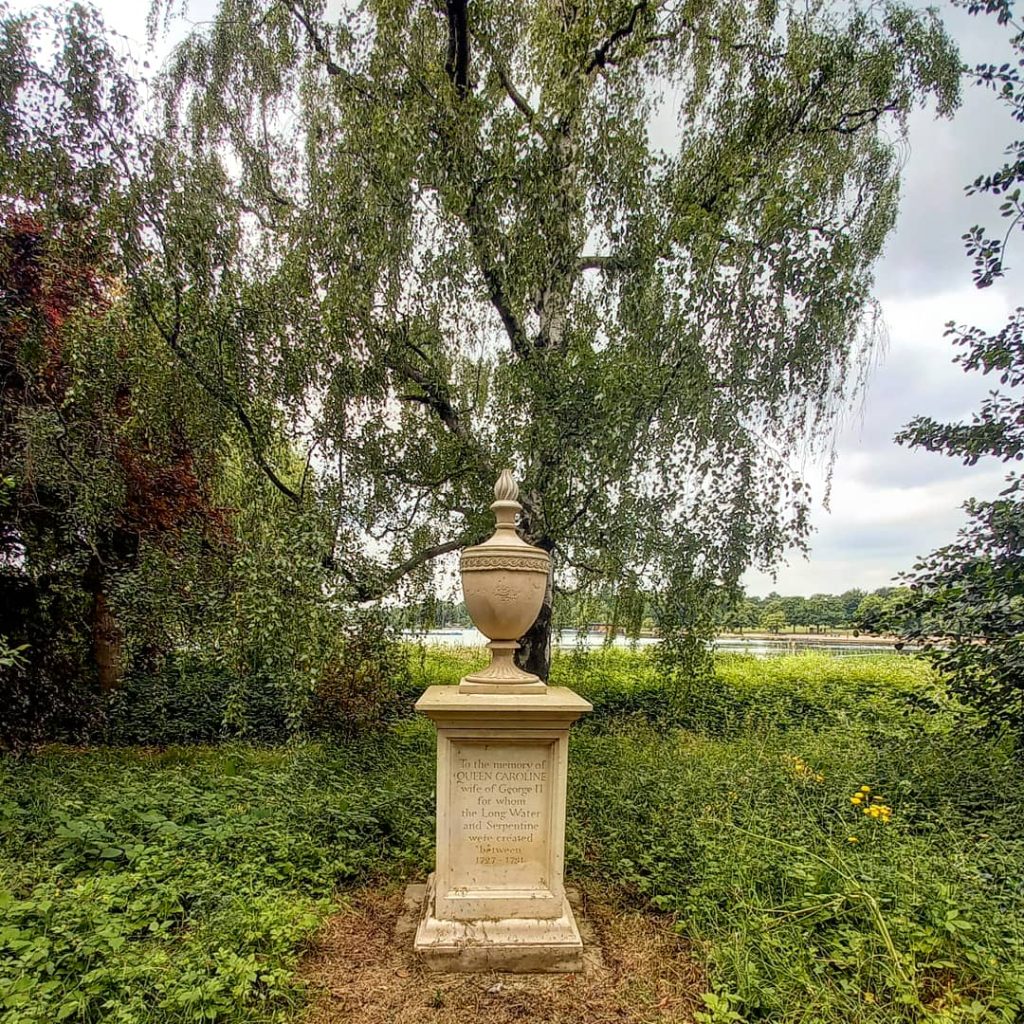
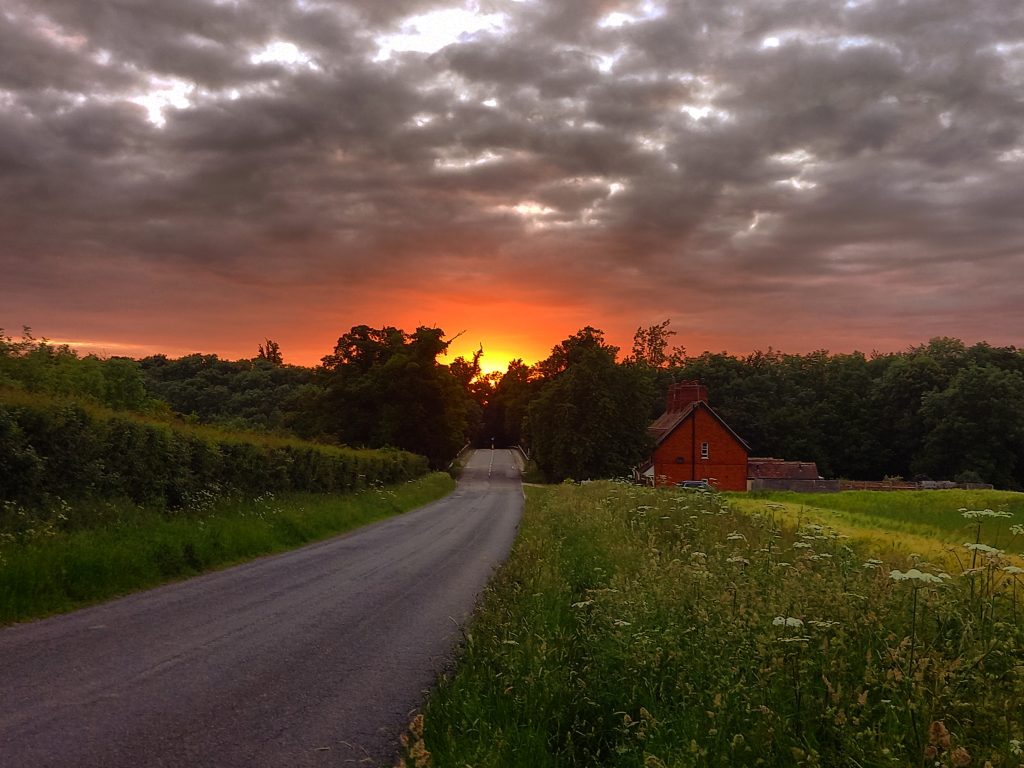
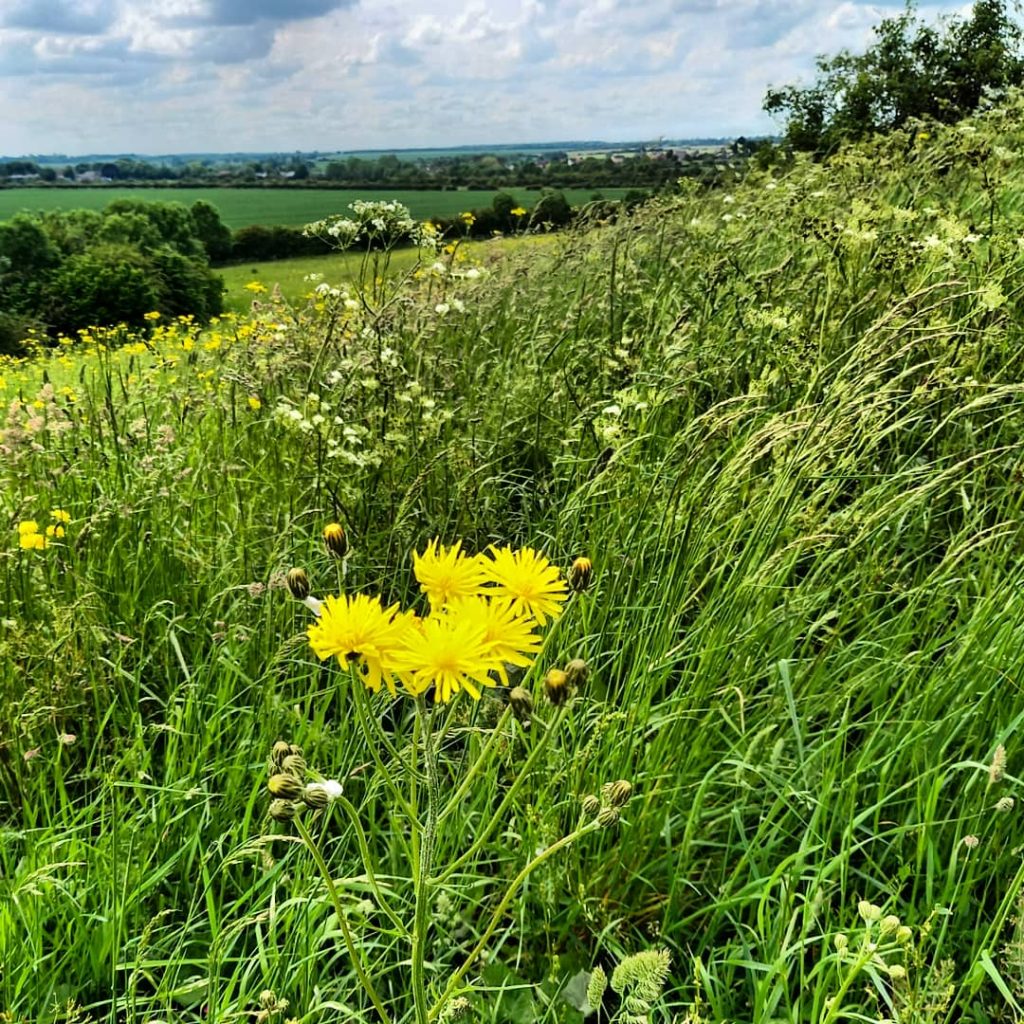
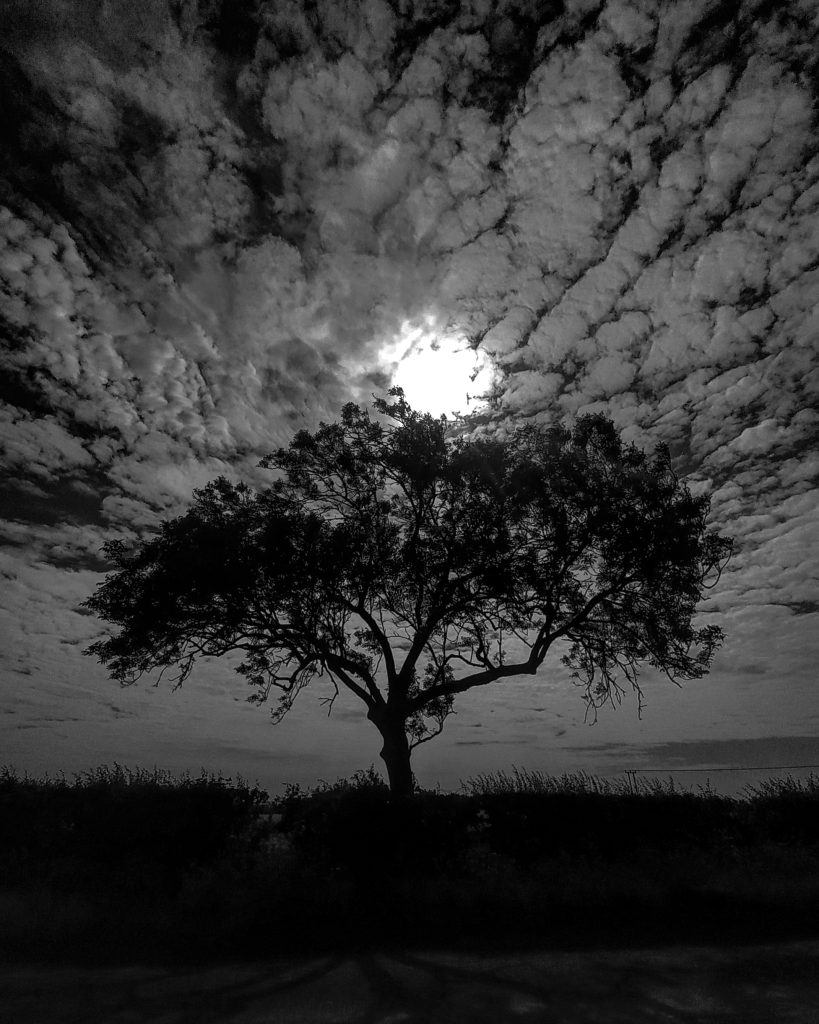









Below is a memory of Mrs M Scholes of Stansted from a publication of memories of Essex People, When I was a Child (1985). It is a children’s memory of the First World War and I found it really interesting the view point a child would have on the conflict.
We were a family of five children living in Surrey on the edge of an open common. Life seemed to go on quite normally for us until 1916, when my Father was called up. Before that year I can only remember taking part in a school concert which we gave for wounded soldiers. I was rather intrigued by all those men being dressed alike in bright blue suits with white shirts and red ties, but I am sure I had no conception of why they were there, or how they came to be wounded. I knew the war was in France, and that they crossed the English Channel to get there, and that they lived in muddy trenches, but that was another world. From time to time we heard booming noises and we were told that they were the guns in France.
The day came when my Father had to go. My Mother was terribly distraught and the bottom seemed to fall out of life in the home. But it was August and summer holidays from school.
We went out looking for dragon flies and stag beetles, newts and frogs and toads as usual. It was only at night that we realised that things had changed. My Father came home at first in mufti and said that he had been marching somewhere in London all day, but after a few days he came home in khaki with horrid putties wound round his legs, a greatcoat which was too long for him and a nasty peaked cap over his eyes. He had lots of brass buttons which had to be polished without getting white stuff on his coat. The Army gave him a button stick to do this, which we children thought was very cute.
He did not come home for long. He was sent to Aldershot and only came home on leave after that. We settled down to wait for the postman every morning.
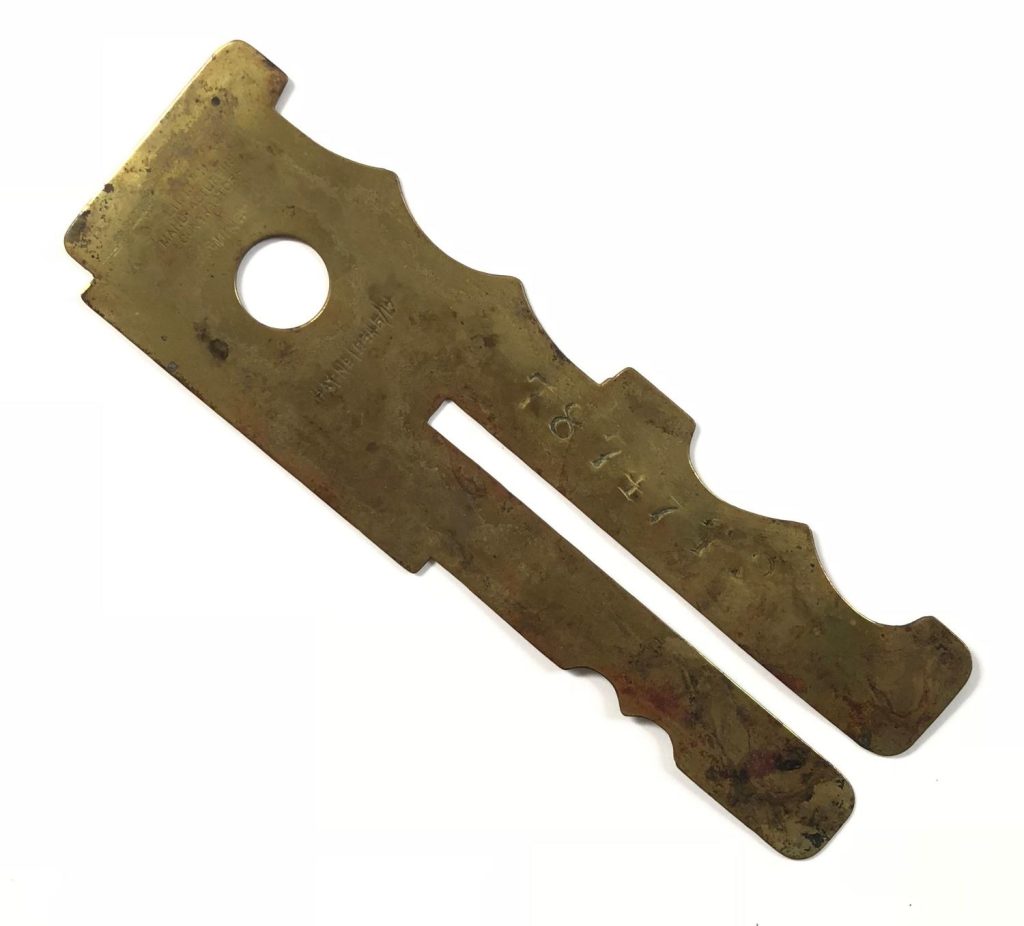
Both my parents were great gardeners. We grew all our own fruit and vegetables and I my mother taught us older children to weed and hoe and harvest the crops, so that all would be in order when Father came back.
My father was sent to France in March 1917, and we began making up parcels of things he liked. I had to take them to the Post Office about one mile from our house. I had just learnt to make a Yorkshire parkin so this had to be included. I can remember my mother making a sort of chocolate from cocoa butter for the parcel. It was poured into tin lids to set. We never knew what happened to these parcels as, in May 1917, my father was reported missing and that was the last we heard of him.
During those three months, we children used to go to the bedroom window when we knew that the postman was coming down the road, so as to be the first to report that there was a letter from Dad. Unfortunately it never came. My mother advertised for information in the Territorial Gazette. I can remember a soldier coming to see us and saying that he was with my father when he was shot in the face. My mother always seemed very sceptical about this and so we never felt we really knew what had happened. We cannot be surprised when we read the terrible history of those battles today.
I can remember a night when we looked across the sky, and saw the Zeppelin coming down in flames over Potter’s Bar. I asked my mother if there were men in it. When she said that there were, a chill horror came over me, a horror that remains with me to this day, man’s inhumanity to man.
Perhaps my last memory of the First World War is of November 11th 1918. There was little going on in our district, but we heard of the rejoicing and celebrations in London. My mother felt she had lost so much. She was now faced with the prospect of bringing up five children alone so there was little cause for rejoicing in our house. It was a sad day for us. I have found it a sad day ever since. Man seems to have learned so little from it. The Cenotaph was erected in London in memory of the men who fell. If those men could rise up on Armistice Day, would they feel they had made the great sacrifice in vain? I wonder.
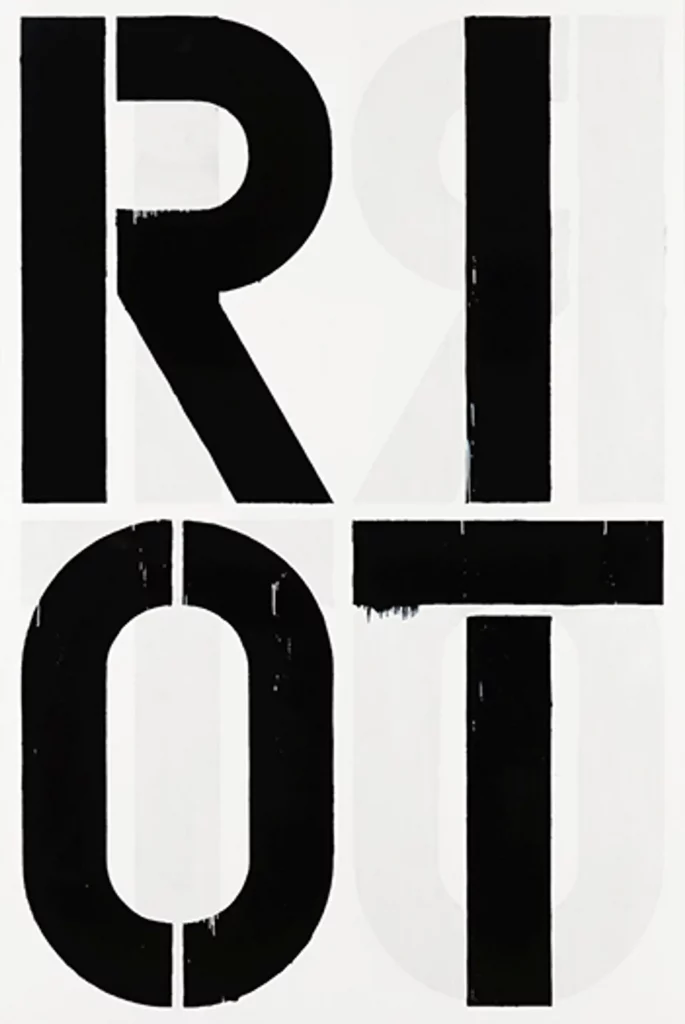
It’s not often that I see something so graphic it captivates me totally. As most people know, my obsessions tent to be for the Great Bardfield group of artists and the endless differences in their work. But what attracts me to a work really is the technicality of it.


Long before I discovered the work of Great Bardfield, I was rather obsessed with the American artist Christopher Wool, having found a set of his books in the (now closed) Galloway and Porter shop in Cambridge. His work is rude, bold, graphic and he repeats images. It is likely as inspired by the screen prints of Andy Warhol as it is of graffiti. I had a large work by him that I managed to find in a London auction in 2005 that I sold to buy more ‘Bardfield paintings. It was a screen print on metal and over a metre in height.
Wood’s work tends to be simple typographic phrases or patterned designs. He has silk screens of different patterns that he uses over and over, mixing them with other designs and sometimes working hard to erase them with areas of colour or pure ink. With colour, smudged, warped by moving the plate while printing… the works are in a constant decay and evolution.

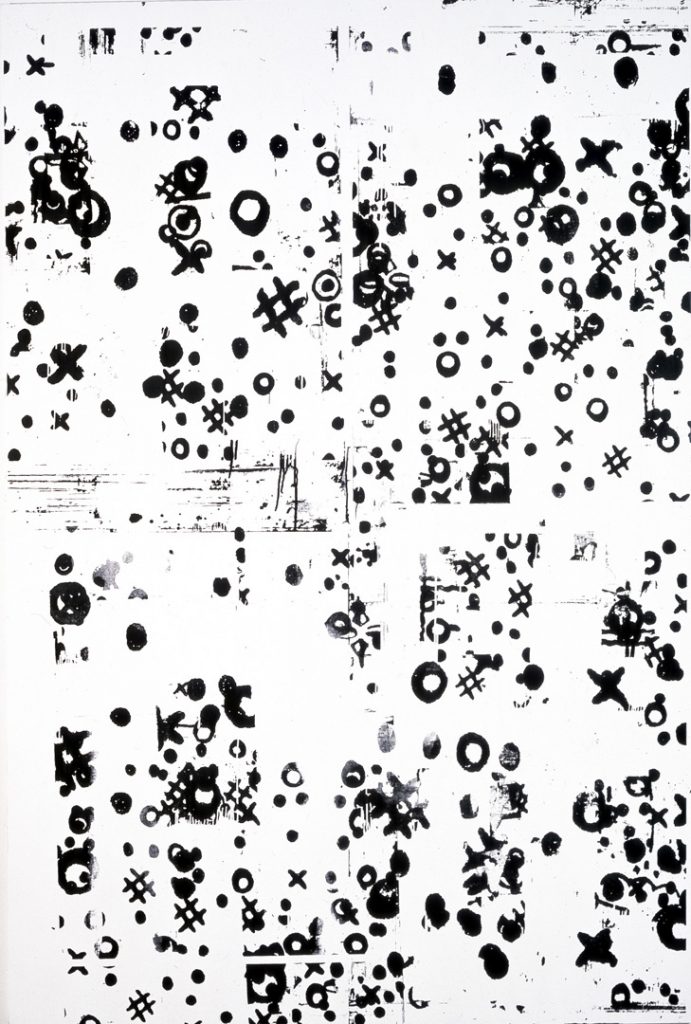


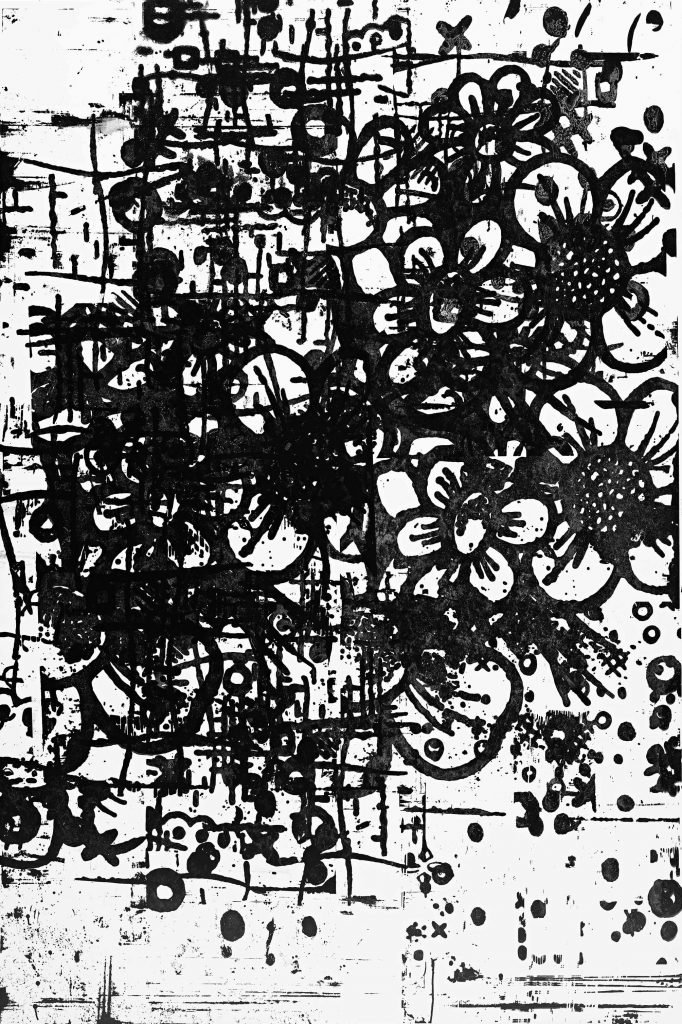
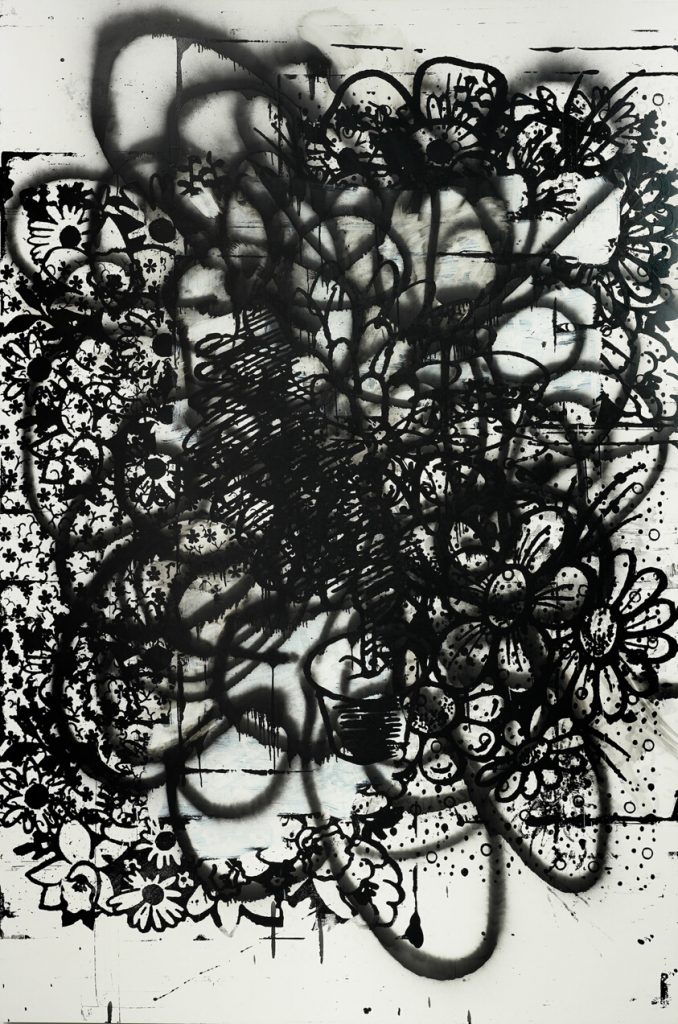
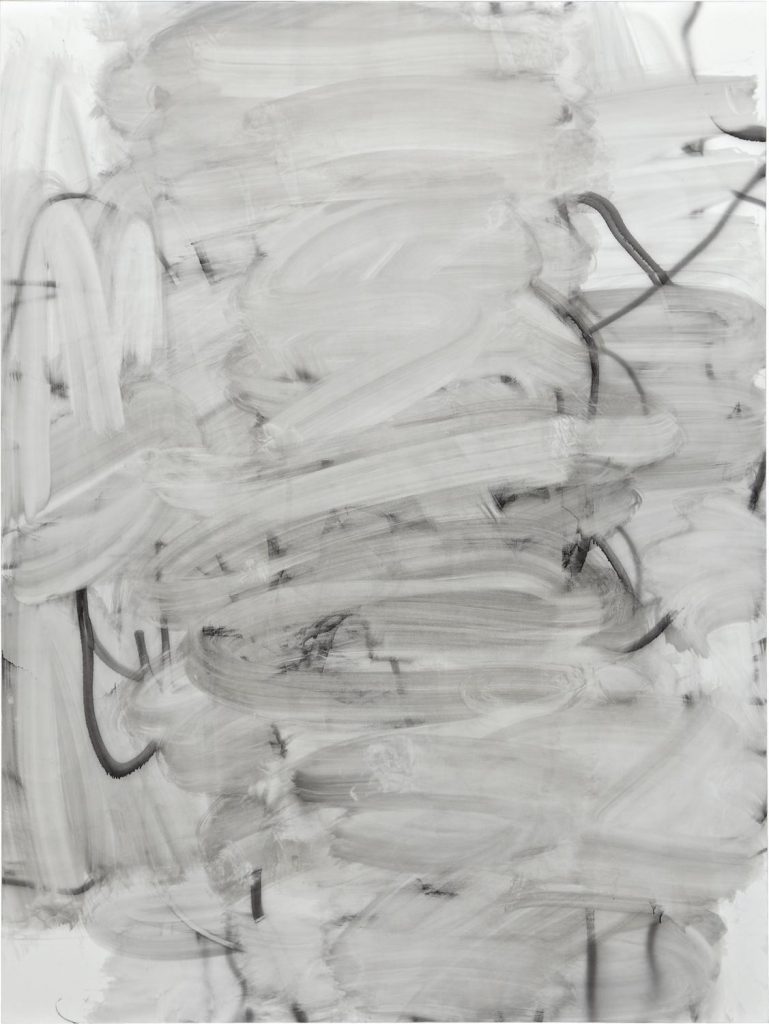
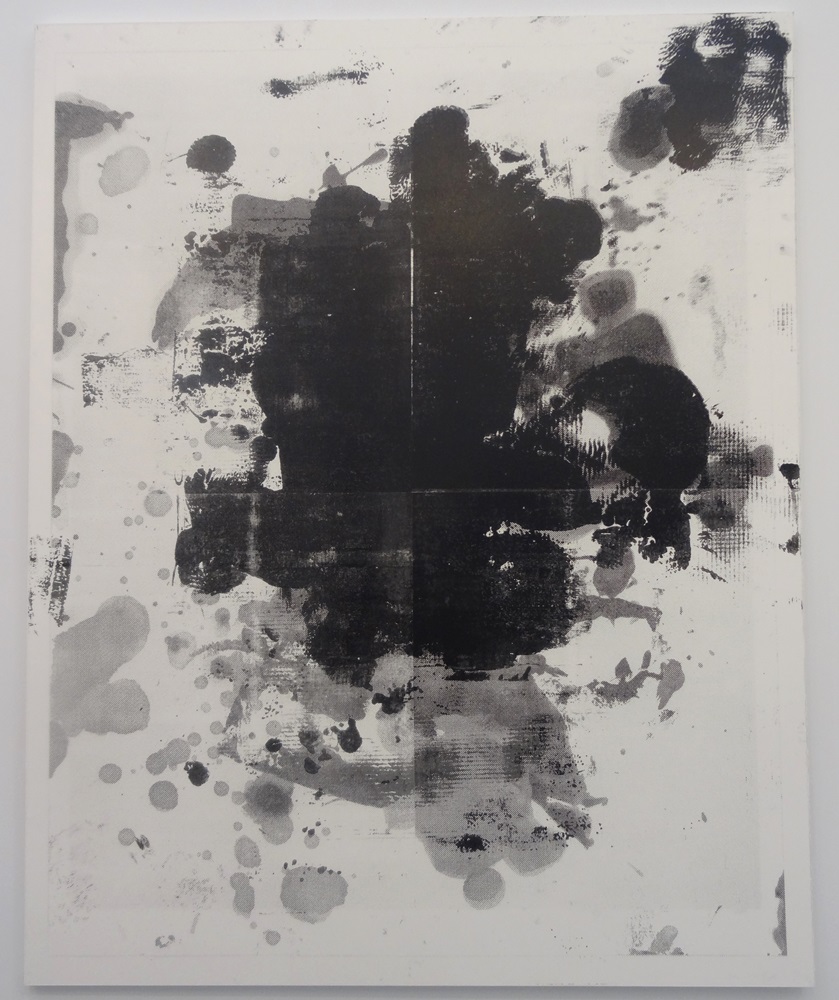
The echos of this obsession were brought back to me when I discovered the work of William ‘Bill’ Bickerstaff, An artist who draws in fine pens and has created a set of drawings of the Cambridgeshire landscape.
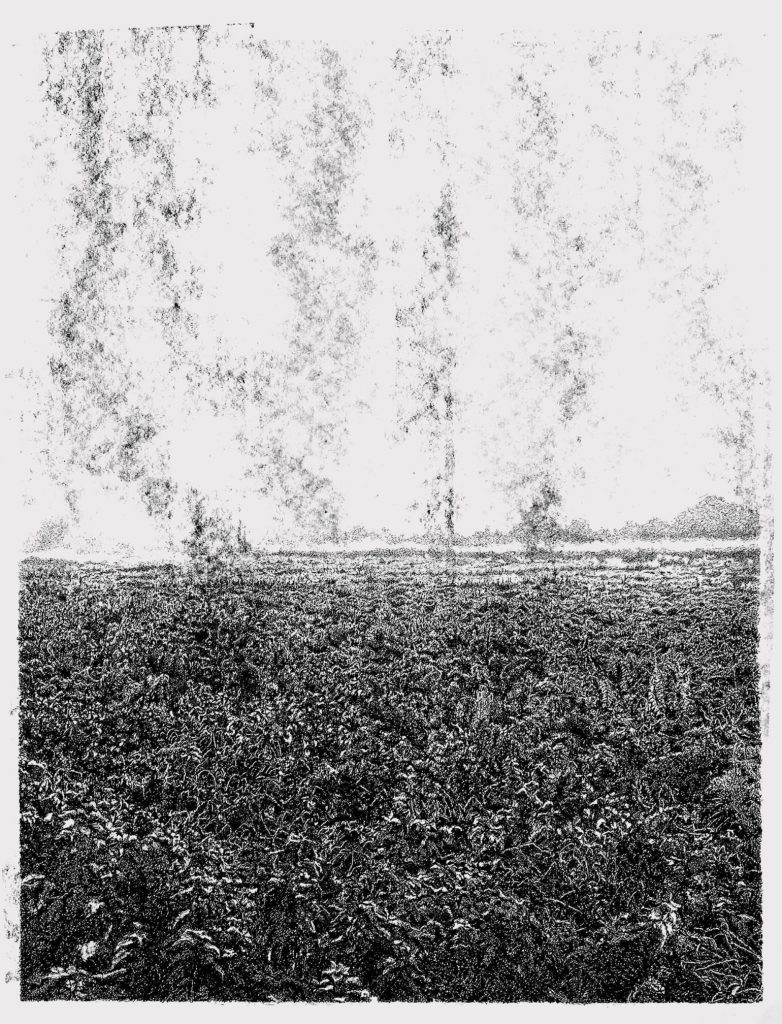
What at first looks like a photograph with ink rollering over it turns out to be a set of intricate works and markings on paper with pen and roller ink, as seen in the details below.
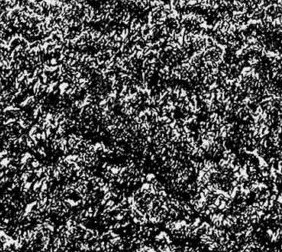
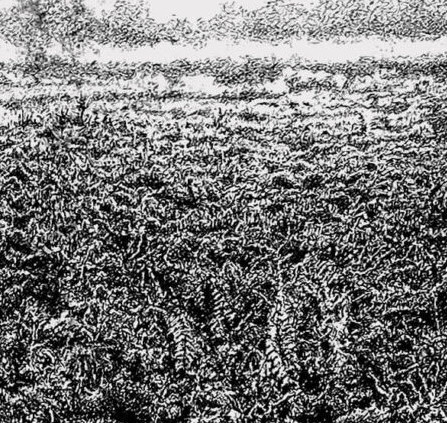
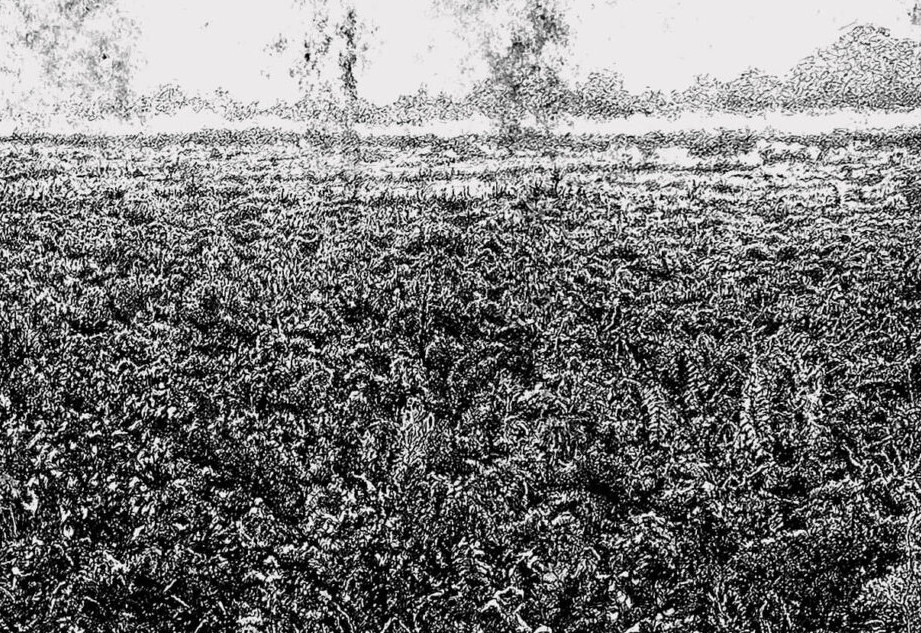
Some of the work would have been sublimely pretty and has echoes of Elisabeth Vellacotts detailed drawings of tree studies, but Bickerstaff takes these drawings and gives a danger to them. In many ways they remind me of Paul Nash works and what he would be doing today, if he were alive. They have the feel of a double exposure on a camera film, something that needs more attention from the viewer to decipher.
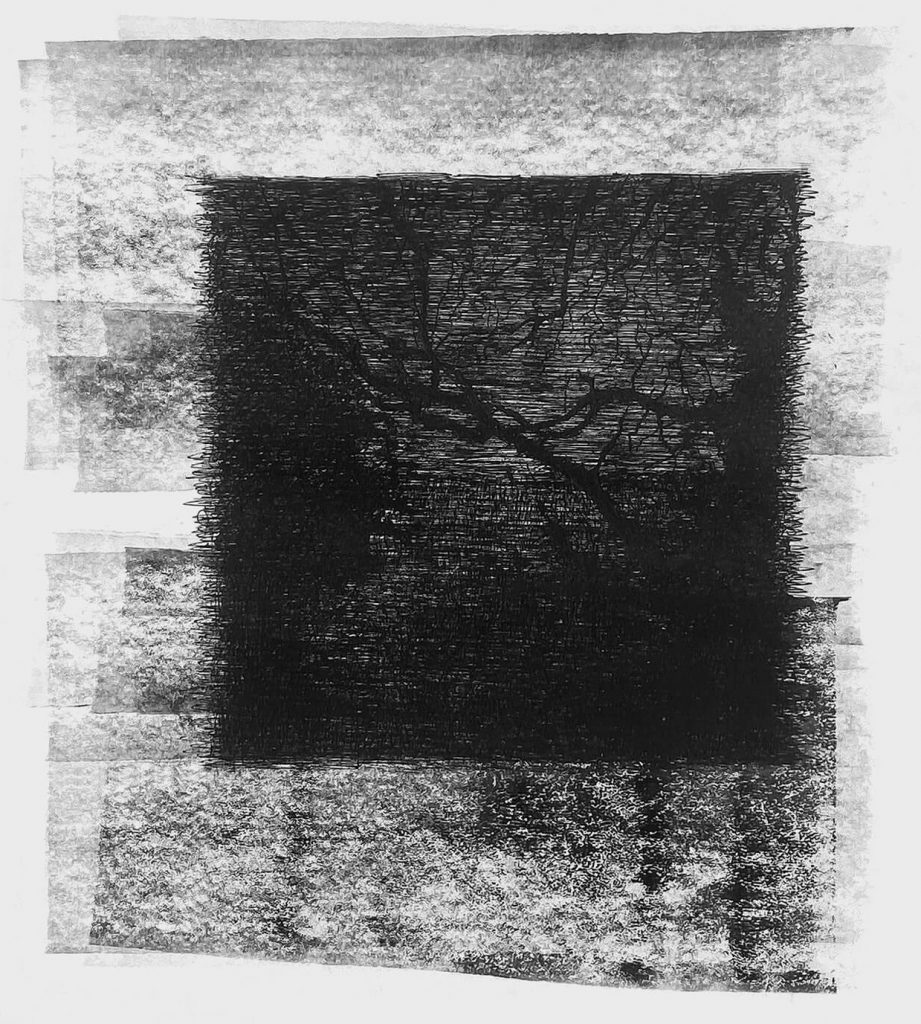
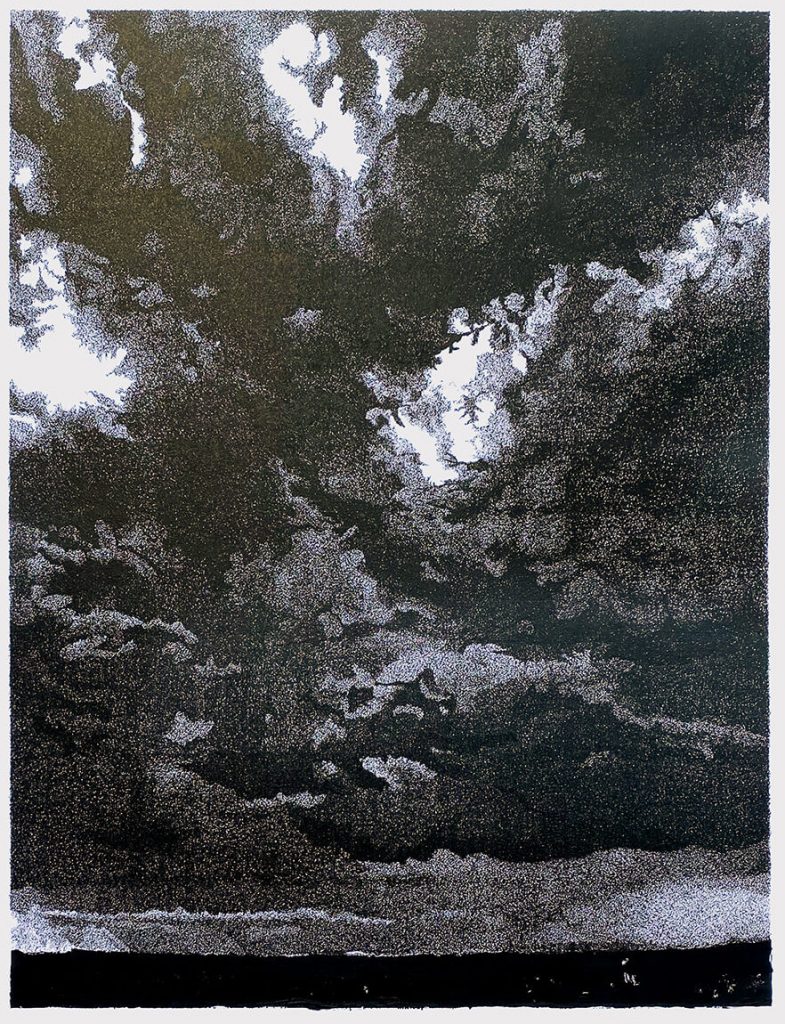
The ability to draw out the overlooked elements of life is something I admire and then to subvert it into something far more interesting is a rare thing to find. So many artists are armed with the skill to depict the world around them but few can push it further and make their own work far more textured than the reality.
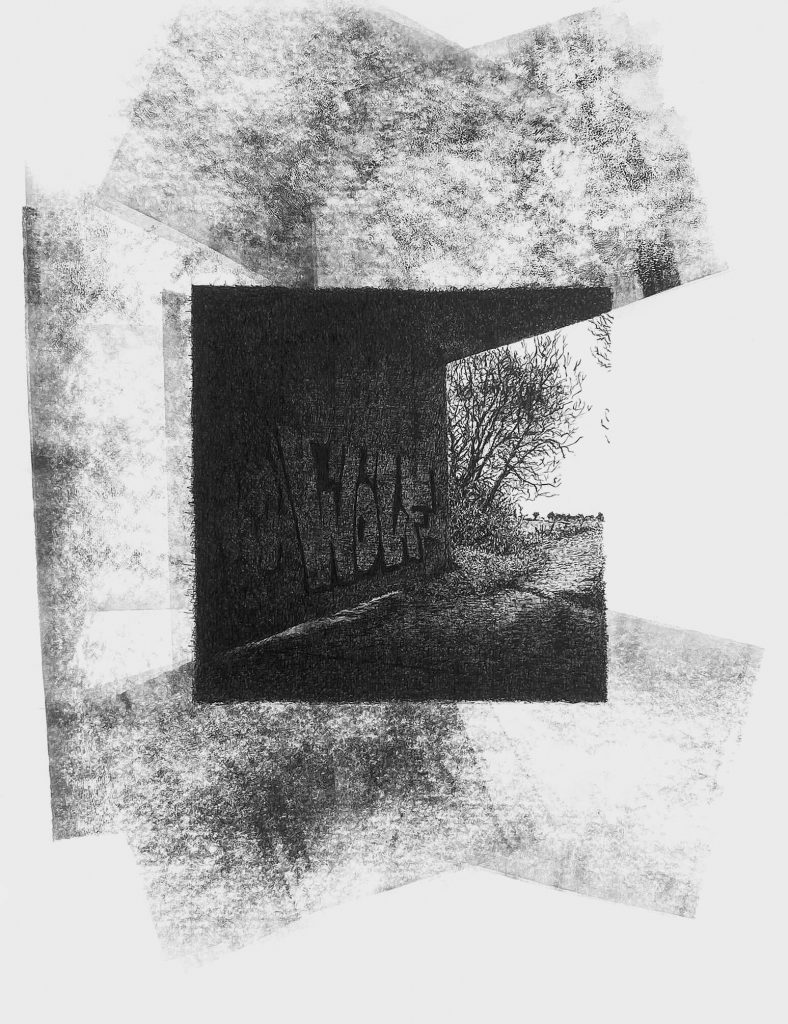
The series below of linocuts layered in colour with erosion of the ink show far more awareness of textures to create a landscape than the typical use of linocuts with thick black inks and bold colours like a stained glass window, in Bickerstaff ‘s work way the ink is applied gives a texture that is much more photographic than you’d expect it to be, it has the feeling of a memory that is always being eroded by the mind’s own perception.
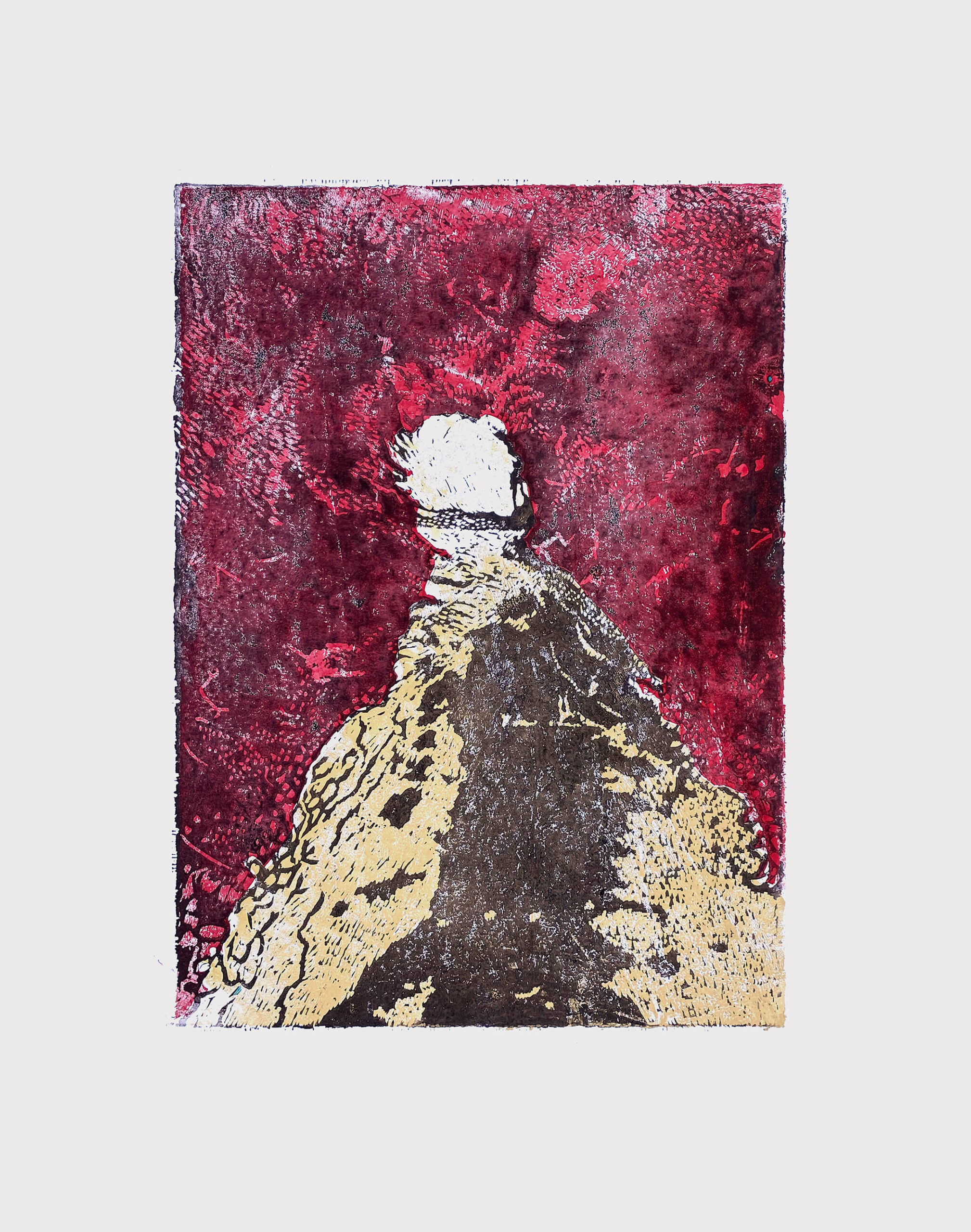
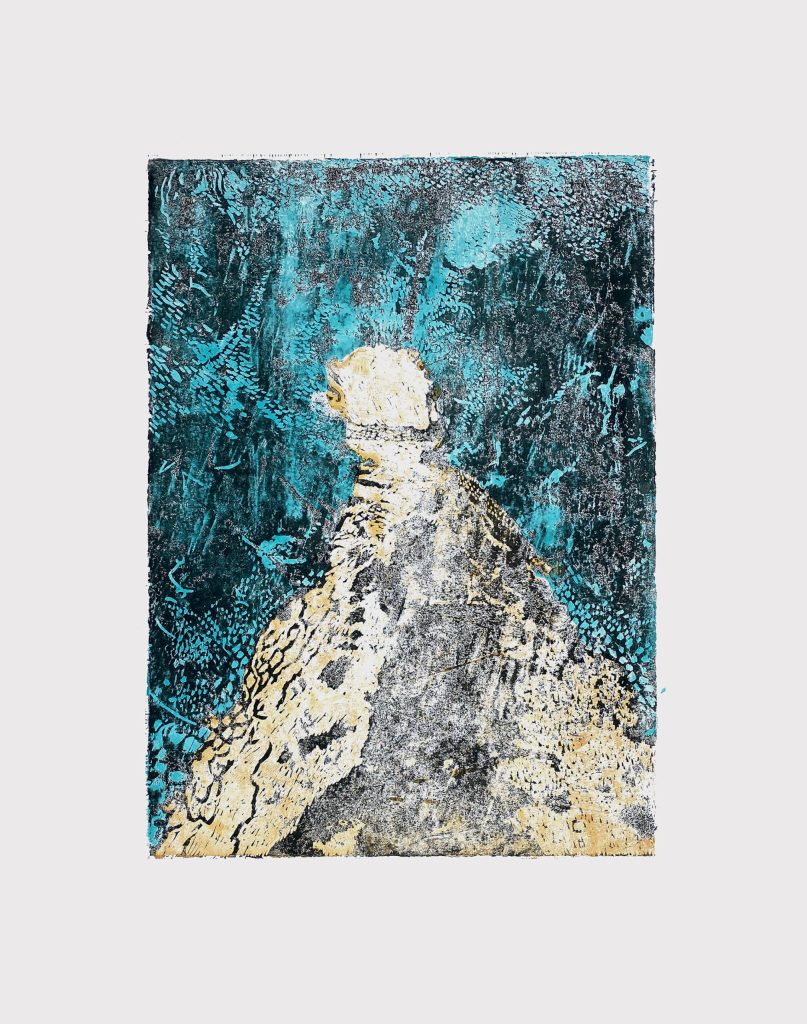
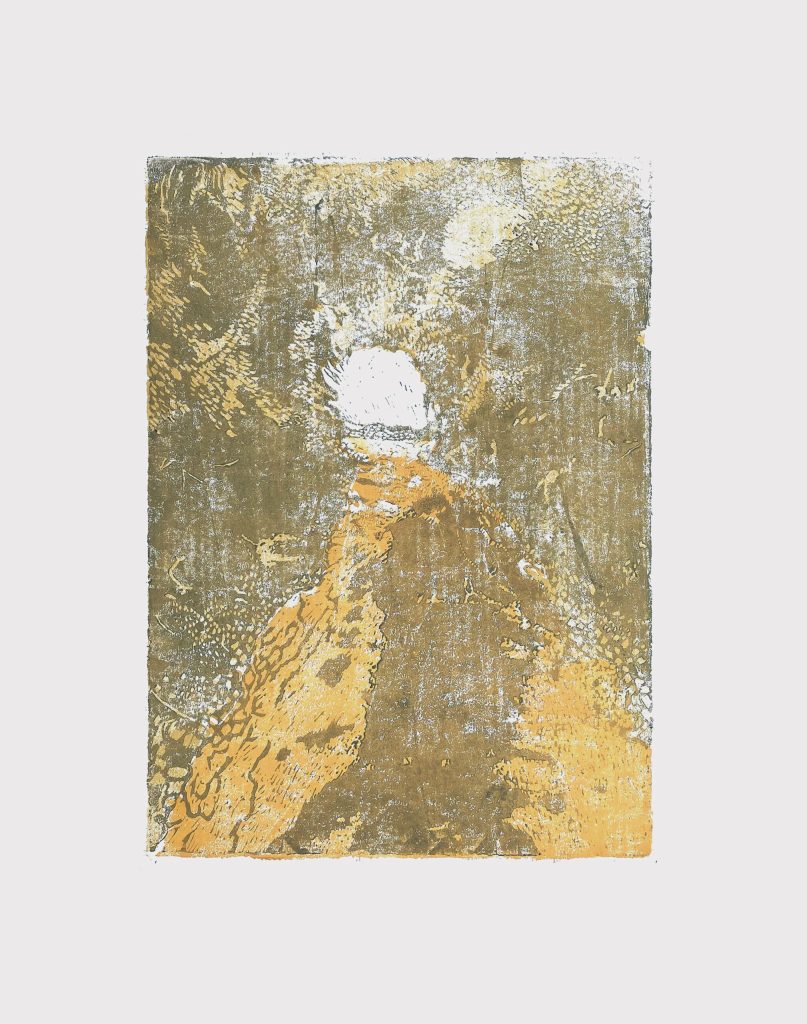

This is a post about a Japanese Garden in Scotland that was constructed in the years before the First World War under the patronage and enthusiasm of Ella Christie.
Ella Christie was born in 1861 and her family bought Cowen Castle in Clackmannanshire in 1865. Ella inherited the estate in early part of the twentieth century and traveled all over the Orient, from India to Tibet and Malay in 1904 and then to China, Russia and Japan from 1906 to 07. While in Kyoto, she met the du Cane sisters Ella and Florence who were in Japan researching and writing a book that caused a sensation when it was published, The Flowers and Gardens of Japan (1908). They inspired Christie to return to Scotland and make a Japanese garden.
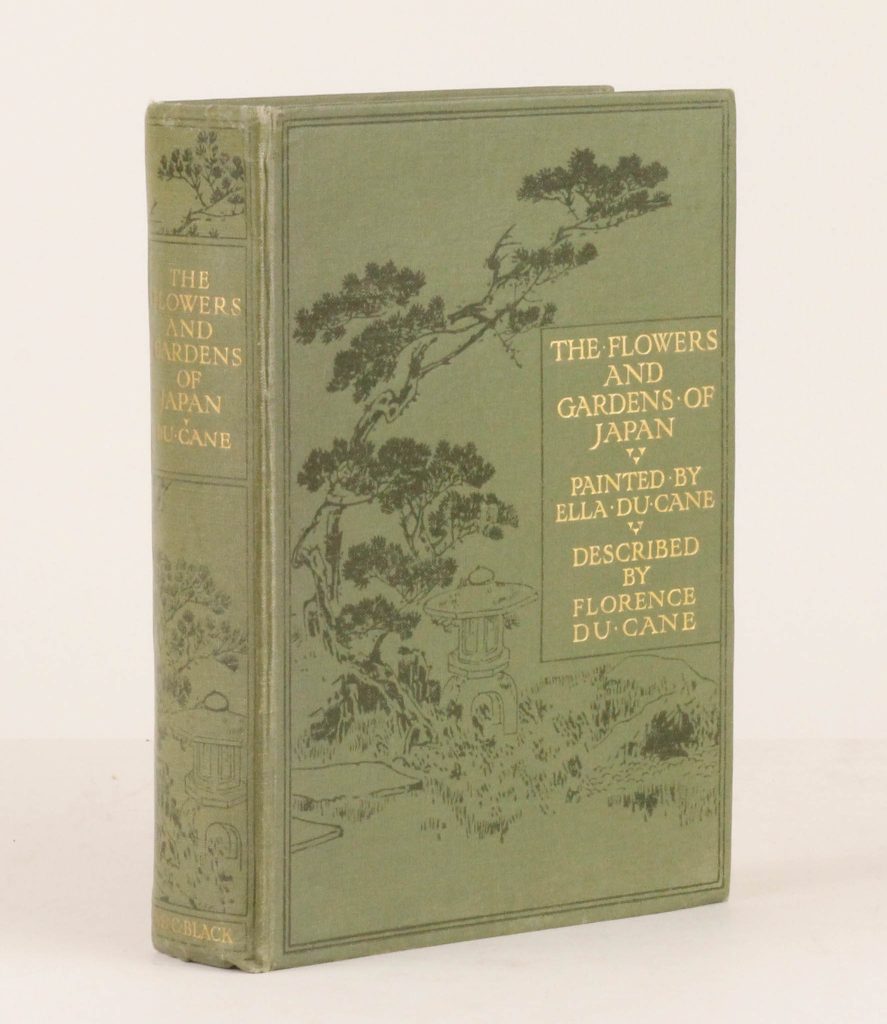
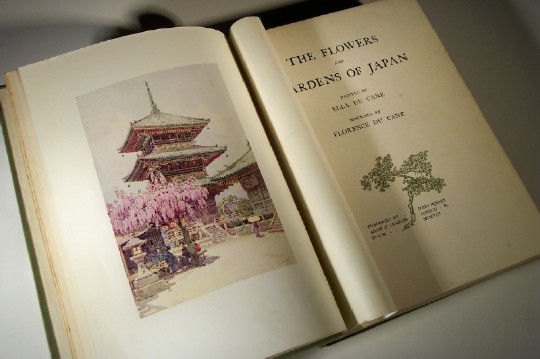
To make her plans a reality, Ella Christie looked at the grounds around her family castle and dammed up the local river on the estate to make a lake. For two months she hired Taki Handa, a garden studio from Studley College of Horticulture for Women and they collaborated on how to re-landscape the area. They called the garden the Shãh-Rak-Uen, The place of pleasure and delight.

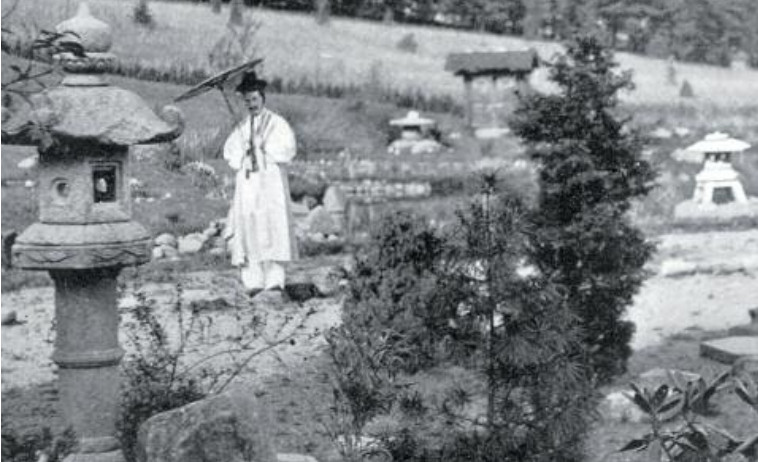
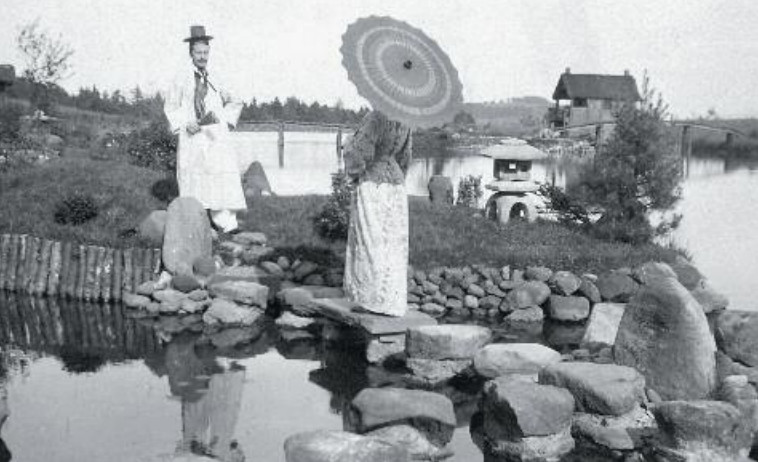
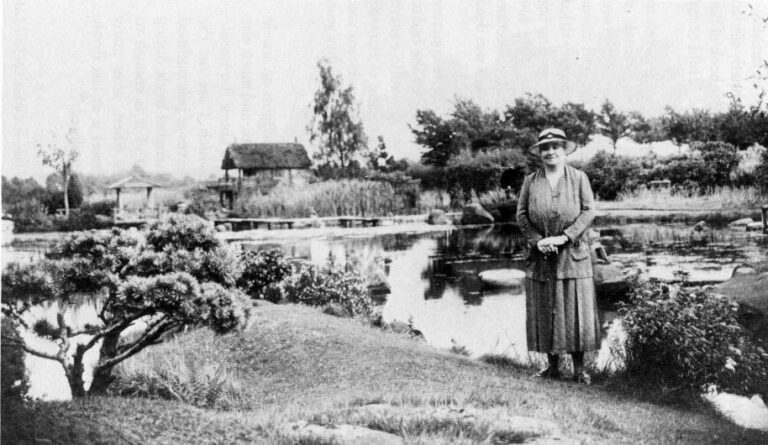
With the help of other Japanese garden designers and horticulturalists the gardens were developed and the planting continued. The Head of Soami School of Imperial Garden Design, Professor Suzuki came to the gardens to teach the local gardeners the art of pruning trees and shrubs as well as advising on the locations of planting. Suzuki referred to the gardens as ‘the best in the Western World’. In the years to come with the publication of the du Cane’s book in America and other books by authors like James Condor, Japanese garden design took over the world.
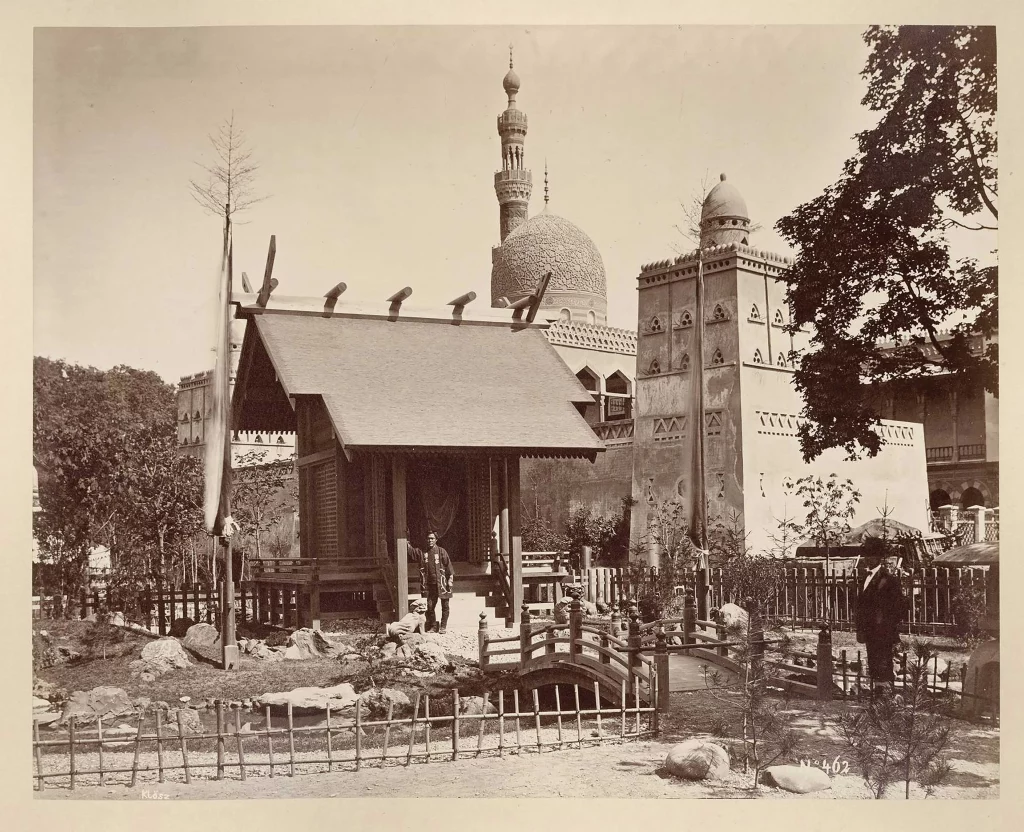
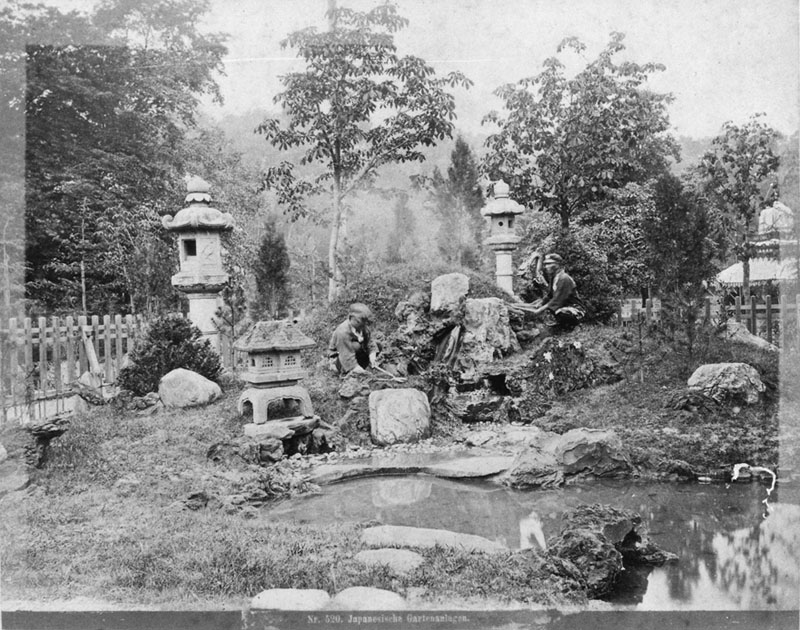
One of the first places the West would have seen a Japanese garden was at the World’s Fair in Vienna, 1873 as part of the Japanese pagoda. It caused a hype as illustrated newspapers depicted it, as seen in the illustration below of the Empress visiting the gardens in front of bowing officials, on a bended bridge, more familiar to people from the willow pattern of China, the other popular reference for the masses.
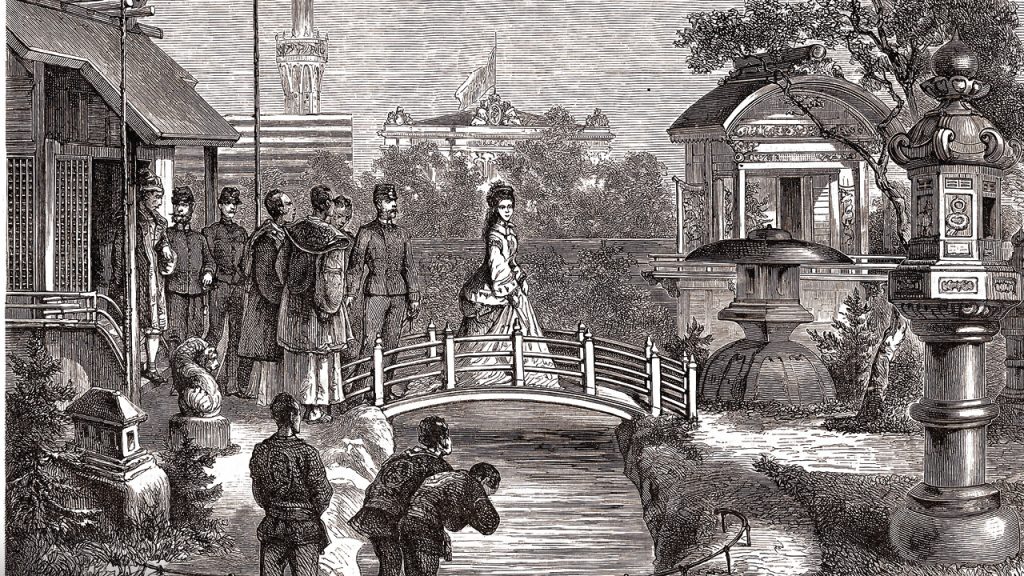
Ella Christie had created a beautiful garden at the right time, for in 1910 was the Japan-British Exhibition in Shepherd’s Bush. Lasting for six months, it sparked a revival of interest in oriental design and gardening with over 8 million visitors. It sparked a large range of chinoiserie decor, from screens and fans, to furniture and tin-tea caddies.
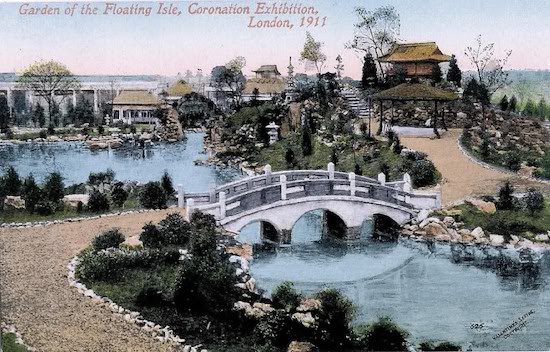
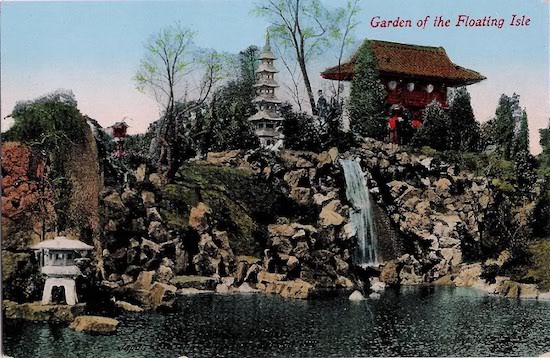
In 1925 Shinzaburo Matsuo moved to Scotland to become the garden keeper for Ella Christie, having lost his family in an earthquake in Japan. He worked the garden for twelve years until he retired in 1937. Christie died in 1949 and the castle was demolished in 1952. The gardens survived until 1963 when teenagers vandalised the site, pushing the stone lanterns into the lake and burning down the teahouse and bridges.
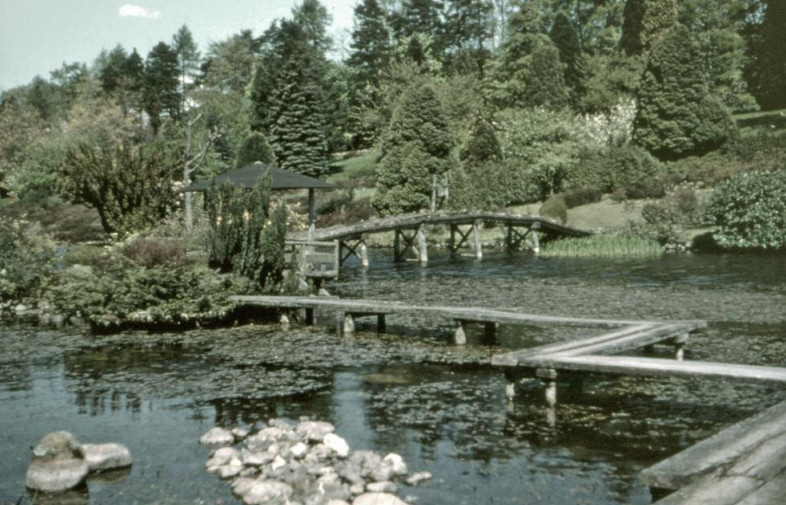
The gardens underwent an extensive restoration in 2008 by Ella’s great-great niece and since then bridges have been replaced and the lanterns restored from the lake with a review of the plantation of the site.
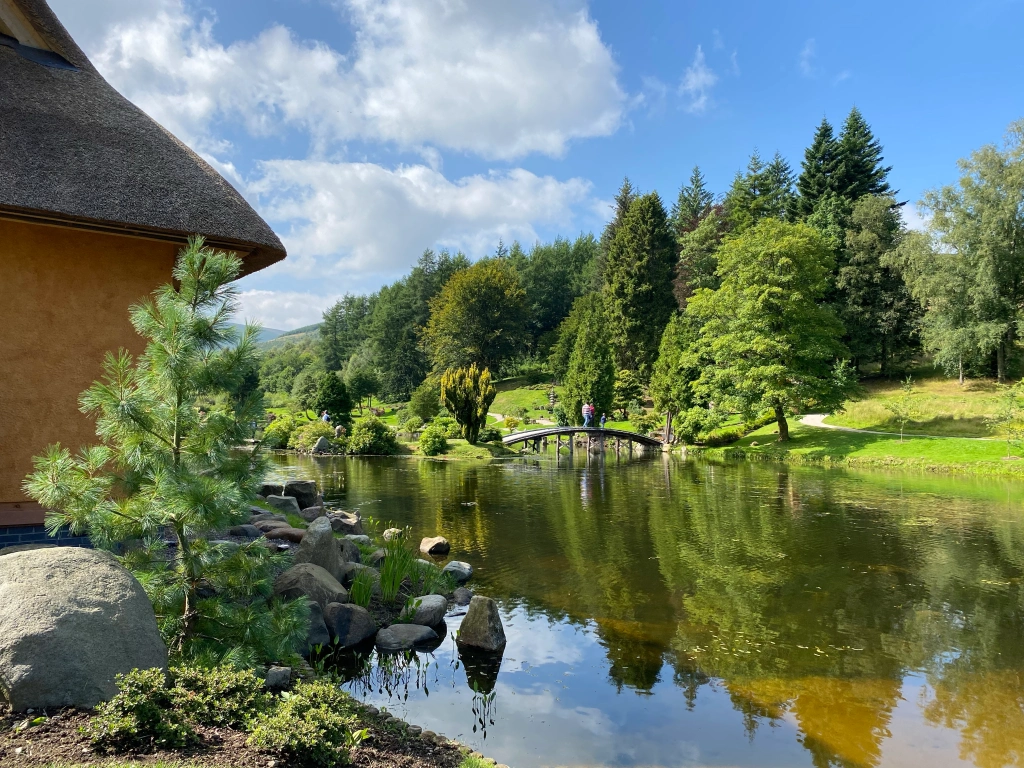
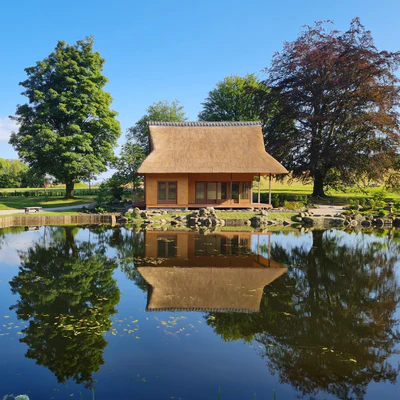
This restoration inspired me, for though our visions of labour might have been set in to motion, in the end, nothing is ever lost.
A society grows great when old men plant trees in whose shade they know they shall never sit
Leslie Wood was an English artist and illustrator who worked on covers for Punch and during his time was rather famous but seems is only remembered by bibliophiles.
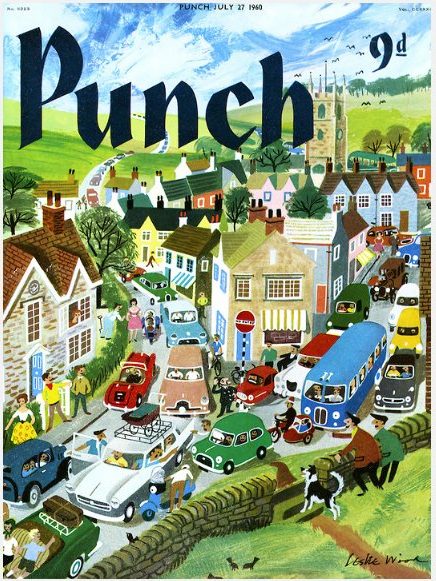
Born in Stockport, England he studied at the Manchester College of Art and Design. In 1943, Wood showed some of his work to Faber and Faber, and was soon commissioned to take over illustration of Diana Ross’ Little Red Engine books, and went on to illustrate many other children’s books.
Below are some examples of his work next to the final published ones. I have been buying up his works for some time and many of them are in the form of these storyboards that the publishers printed and returned to him after. This is a book by Erik Hutchinson, who wrote a few children’s books including this one of a swallow on it’s migration home.
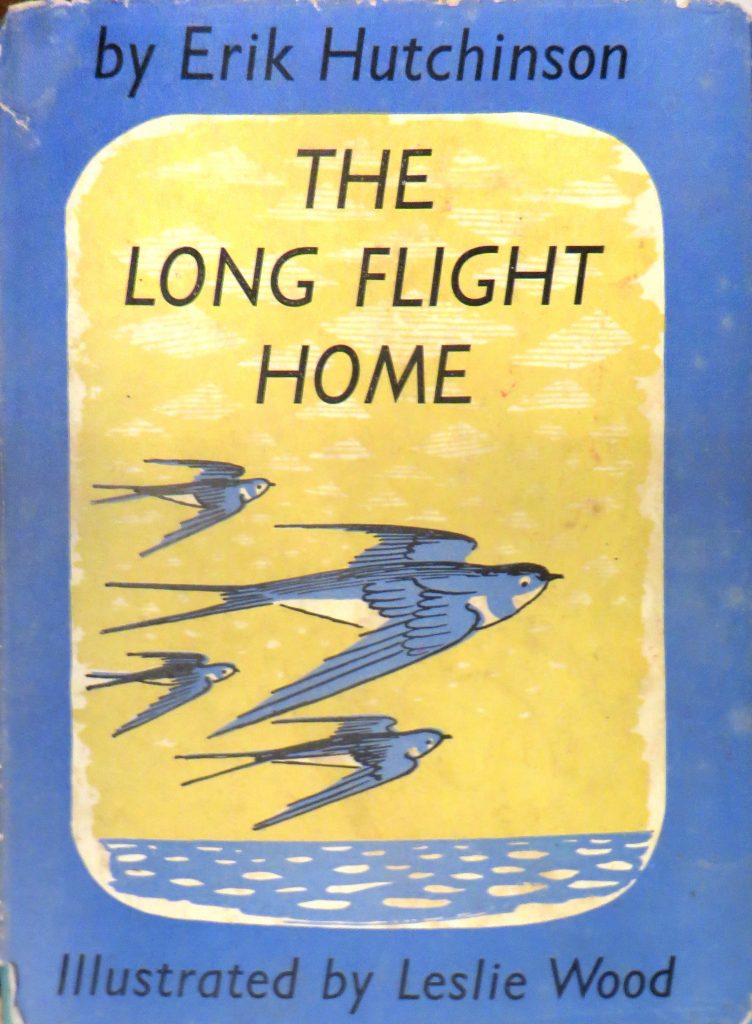
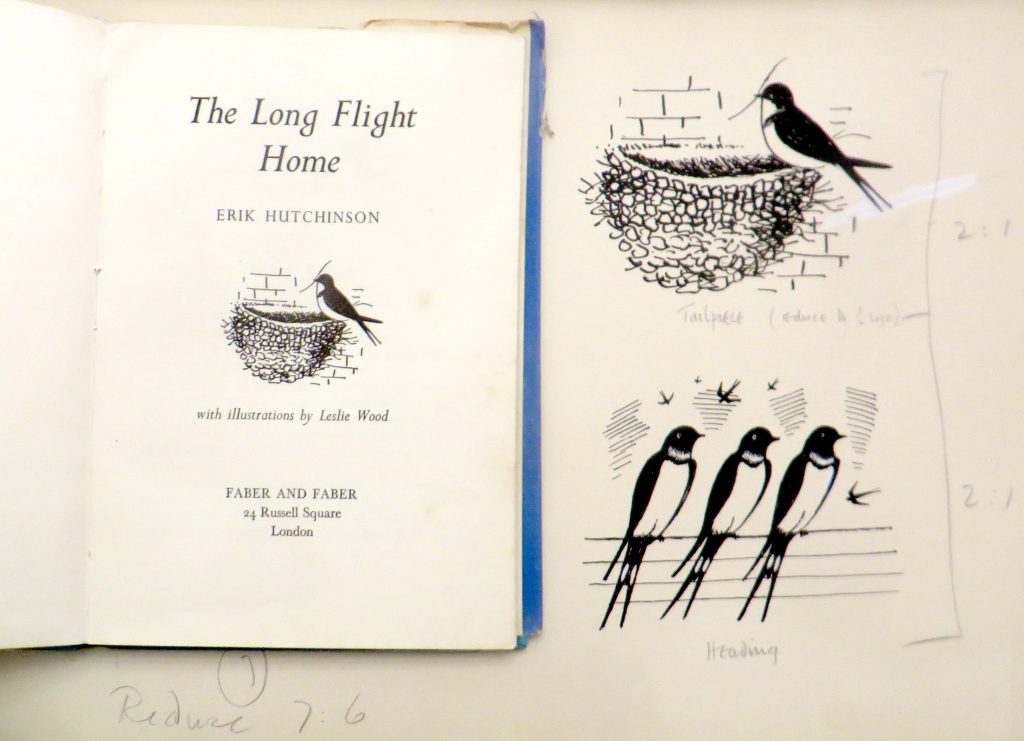
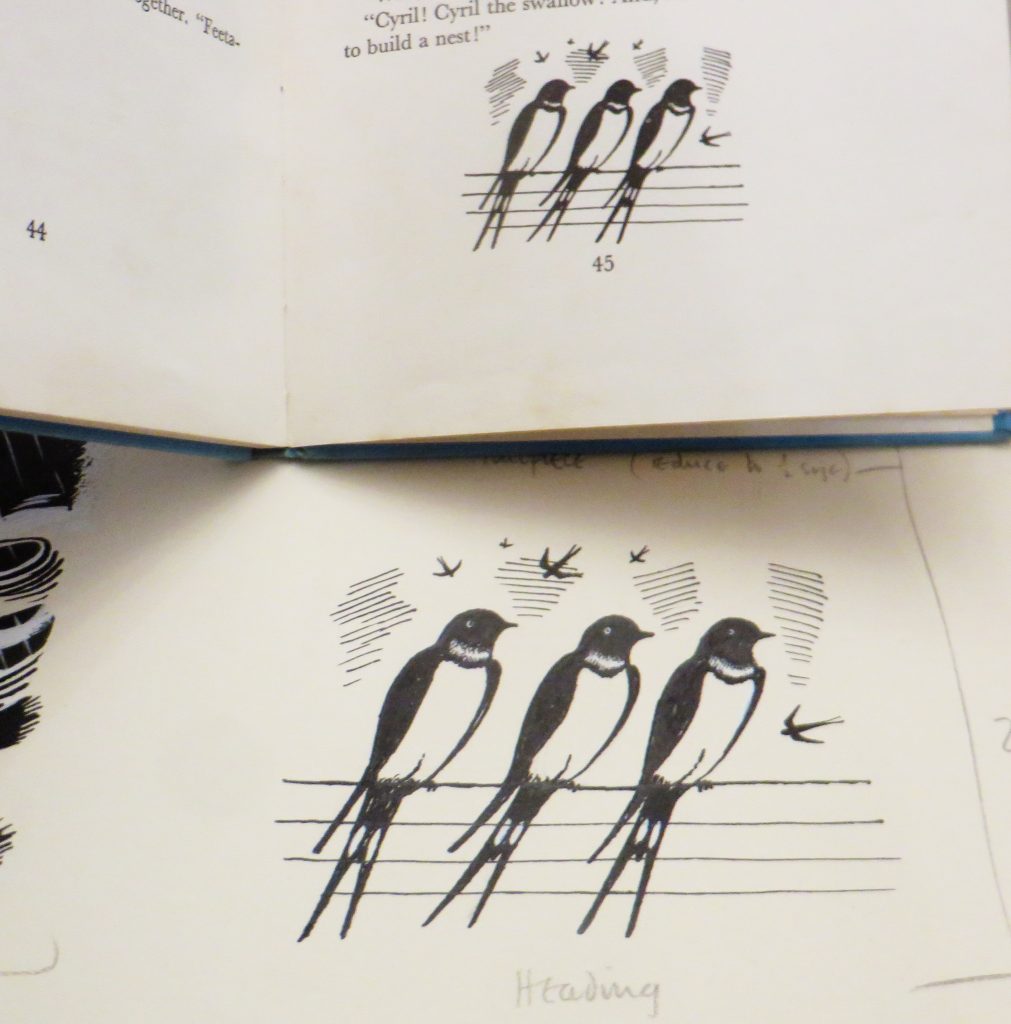
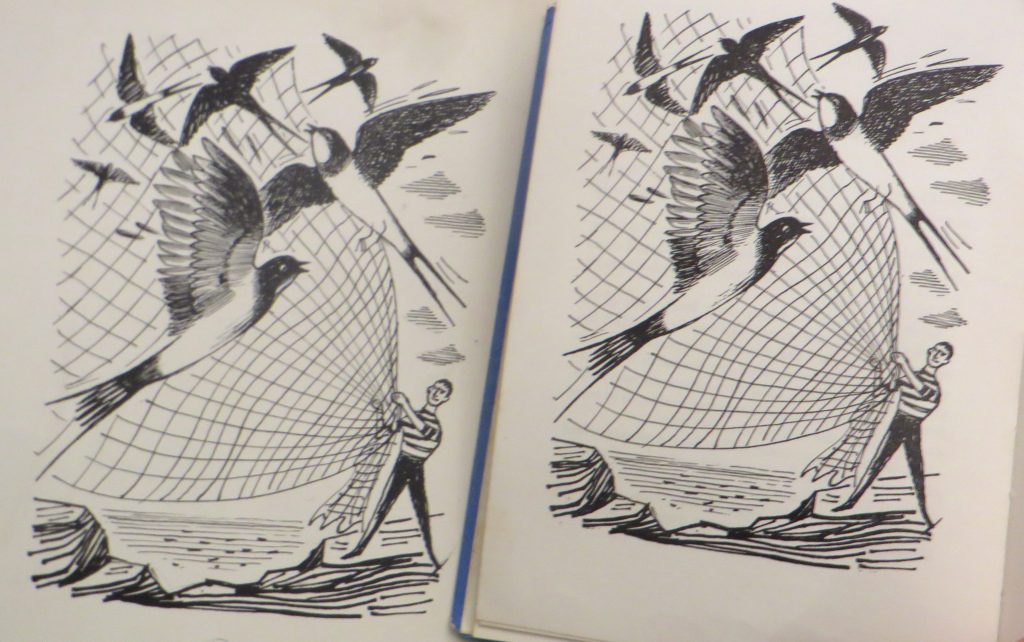
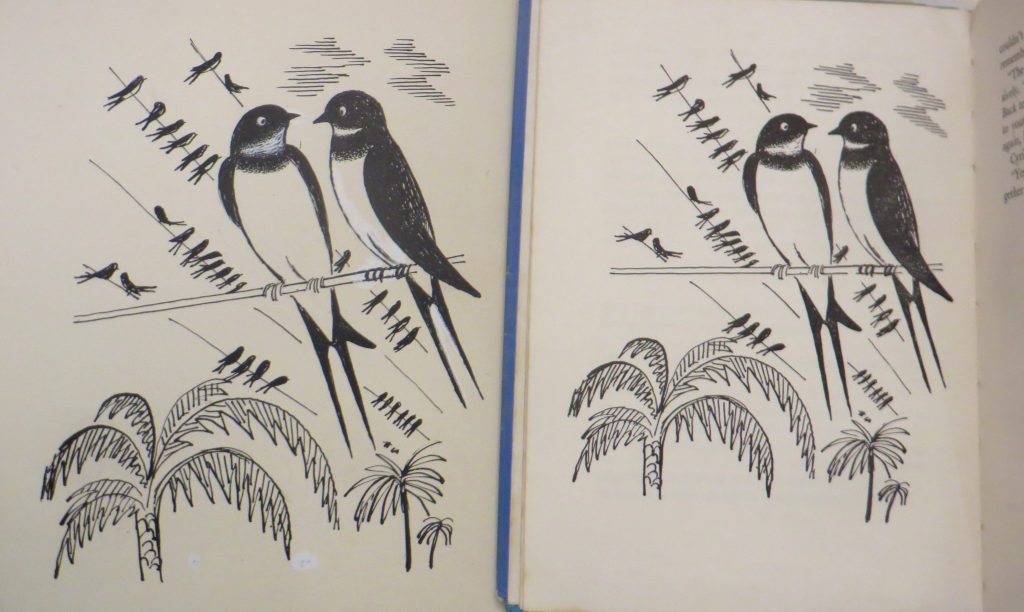
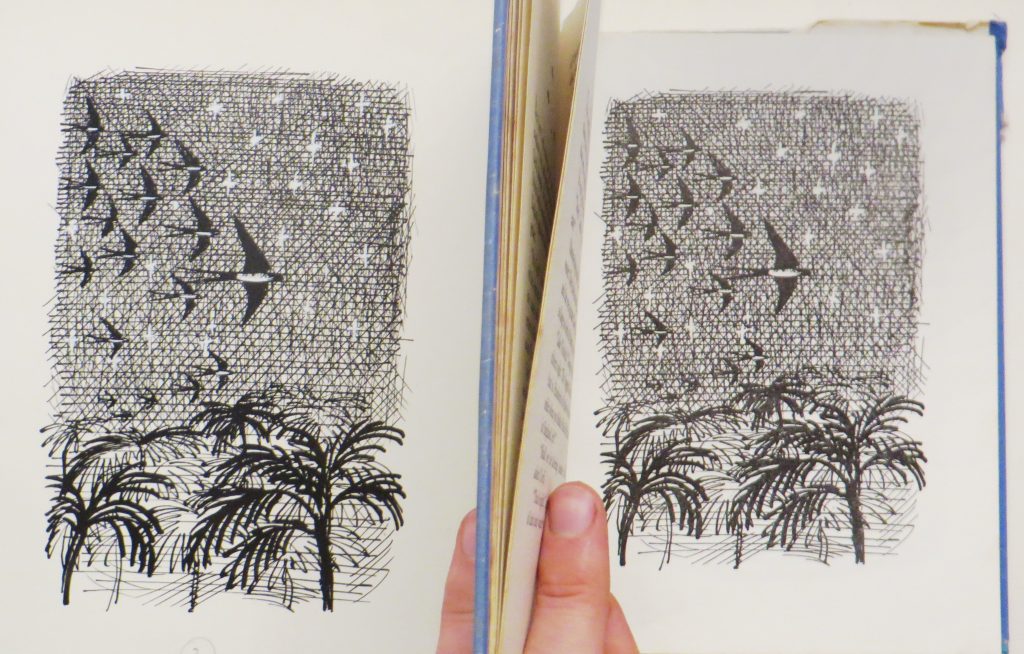
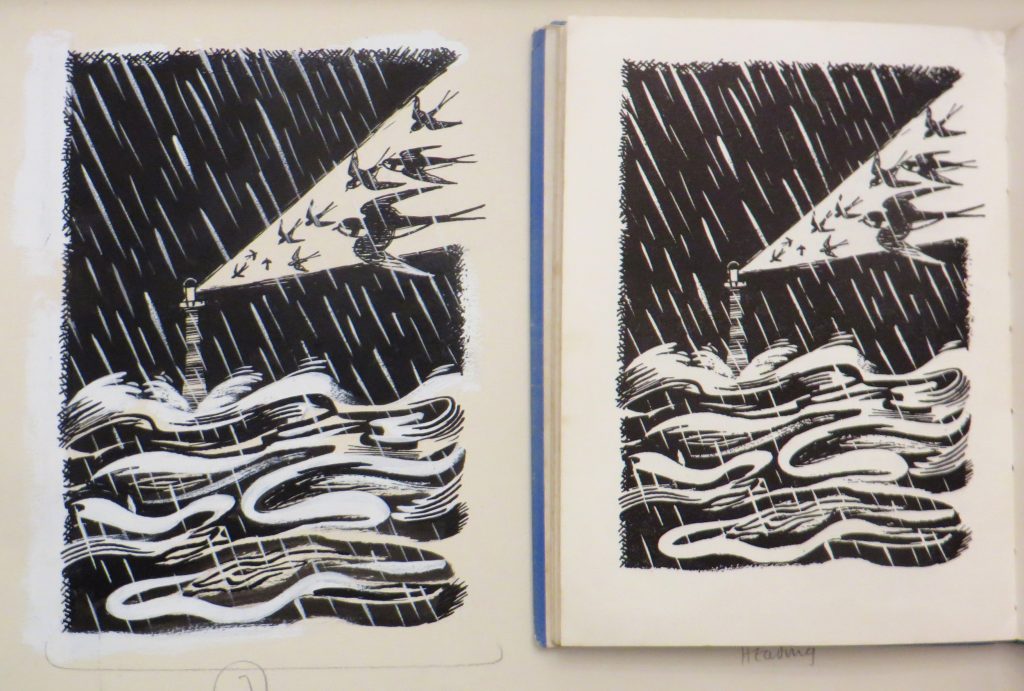
One of the problems with collecting things is the volume of stuff you end up with that are interesting. This book is one of those. I don’t think it’s an interesting volume but what I liked was the Mudies Library sticker pasted inside the book and designed to hang over the outside.
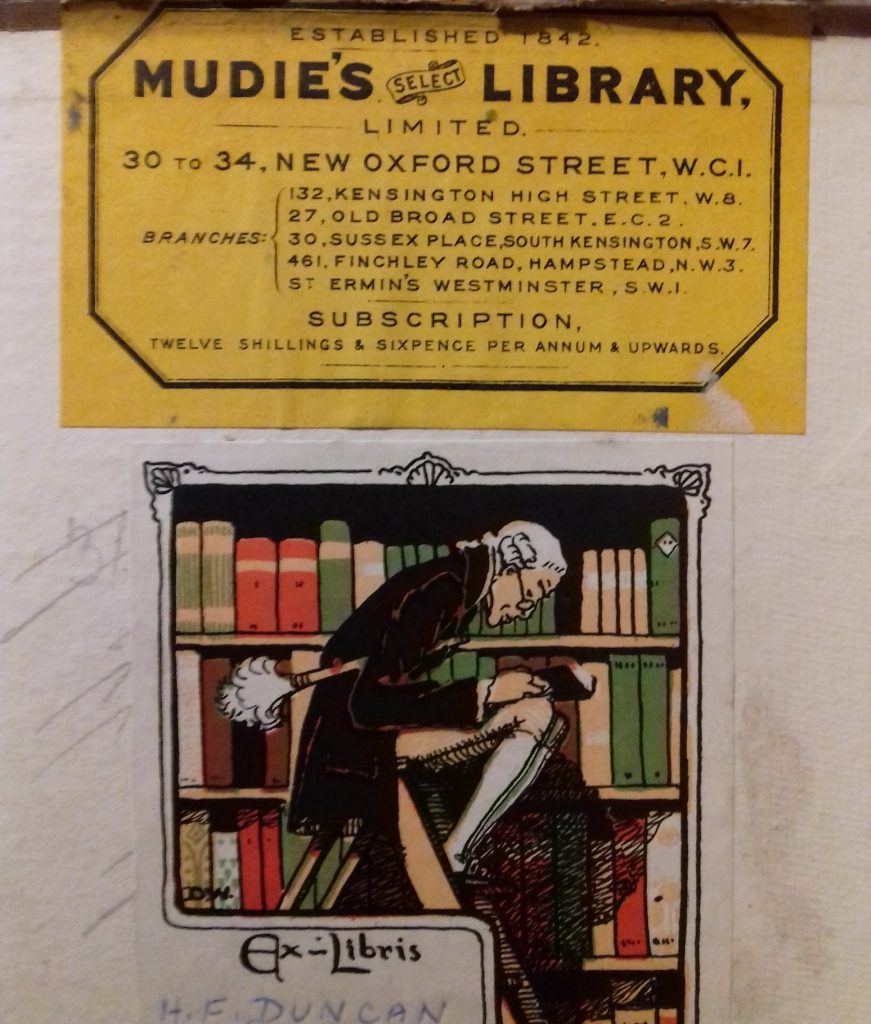
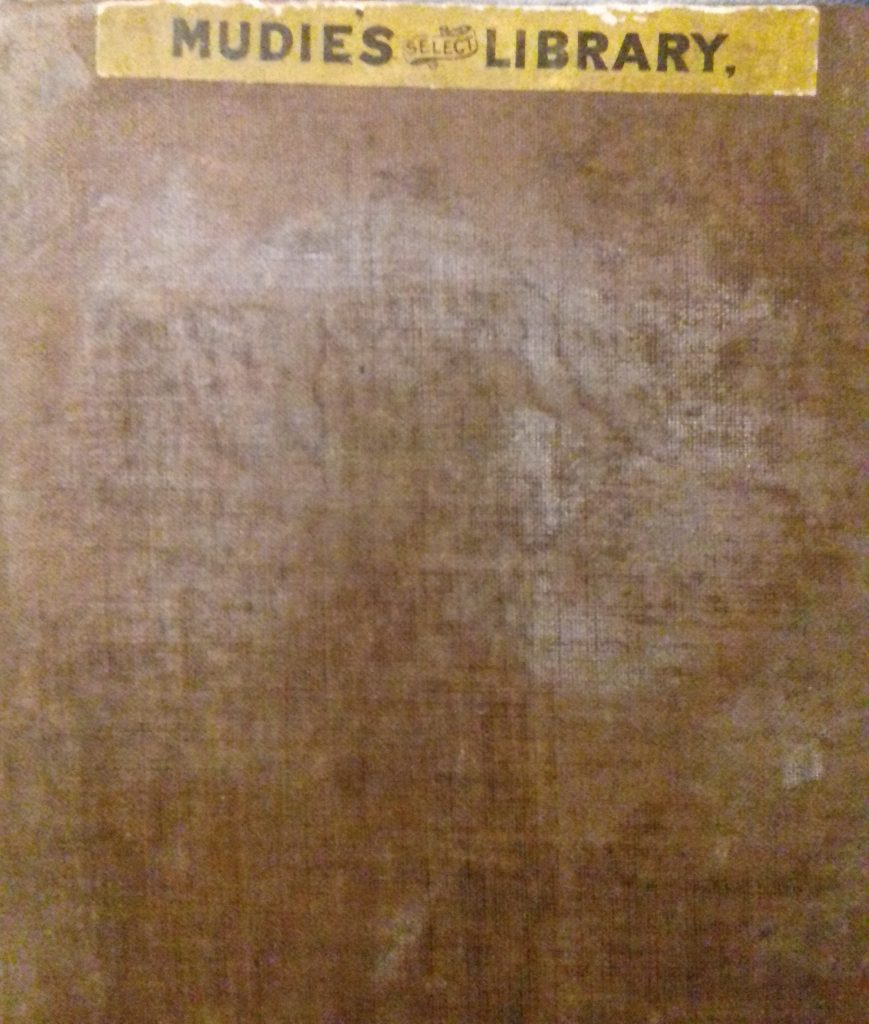
With some very crude photoshop I have re-designed how the original label would have worked and it’s really the simplicity of only using one label to brand the book for the library.
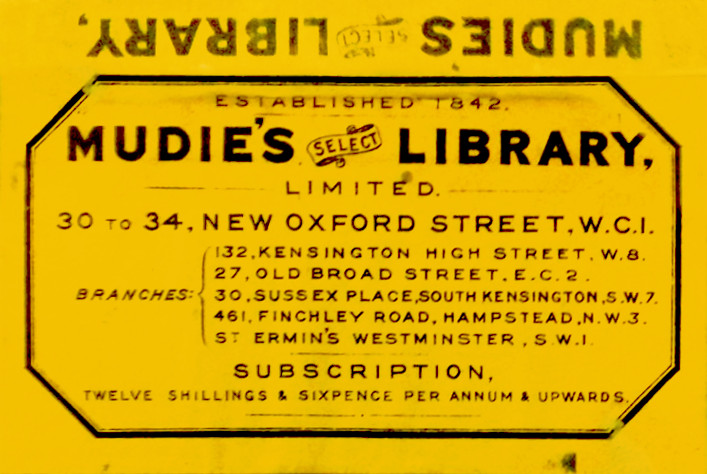
Charles Edward Mudie was a publisher and in 1842 founded a lending library, which he called Mudie’s Select Library. Subscribers paid one guinea per year for an unlimited number of books, but could only borrow one volume at a time. With branches all over London as you can free from six options in the label above.
In 1876 Heffers books were founded by William Heffer in Cambridge and soon they became a publisher too. With many shops in Cambridge, today we eulogise their gallery at 18 Sidney Street, Cambridge.
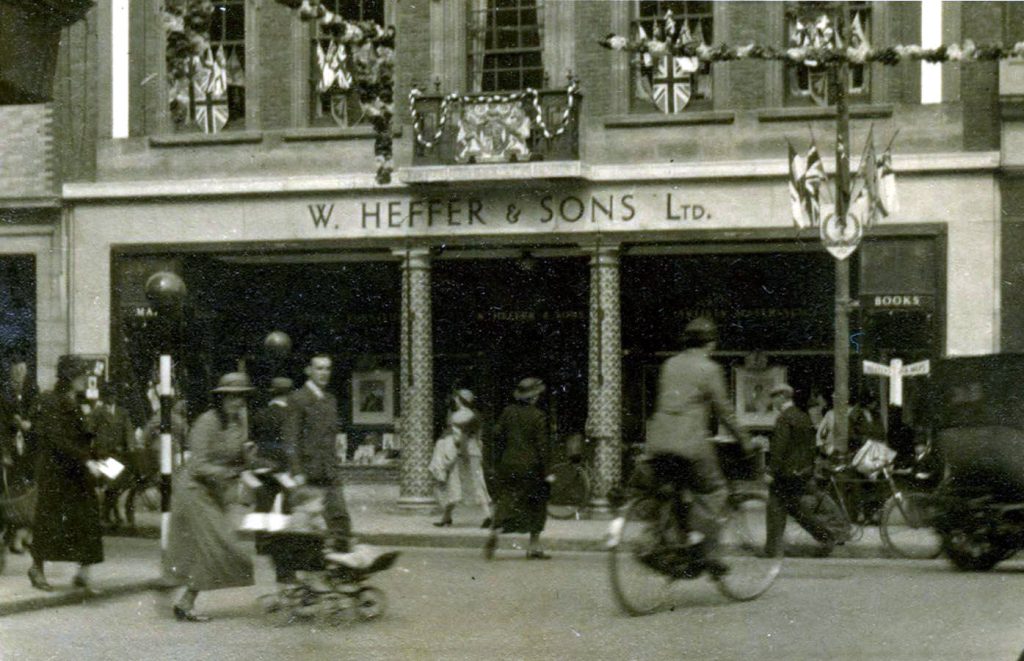
A major brand in Cambridge in the late 1990s they had six shops in the city, each catering to different areas of the business. The Trinity Street shop was the largest for both general books and text books. Rose Crescent – Classical Music, King Street – Art Supplies, Grafton Centre & St Andrews Street – General books.
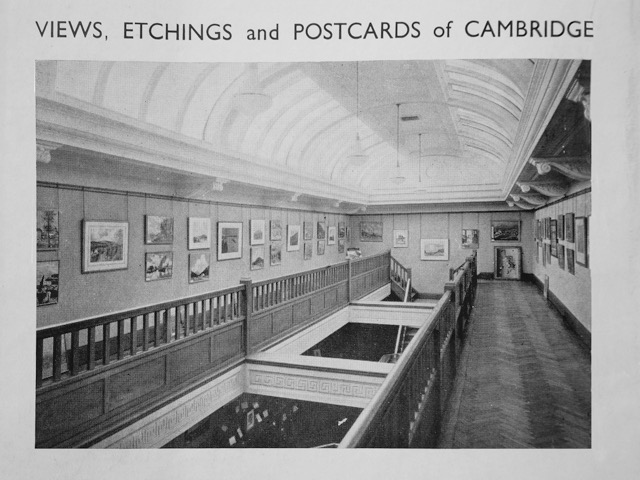
The Sidney Street shop at that time was for new best sellers on the ground floor and stationary with an art gallery on the top floor. As seen in the photograph above, it was a traditional setting on two levels, with roof lights.
In 1949 Bryan Robertson became curator at the Heffer Gallery in Cambridge and for a year he hired the Newnham student and cookery writer Jane Grigson to help run the gallery. Although he was only there for three years, he helped bring in fashionable artists and ceramics and helped change the gallery from selling reproduction prints of the university colleges and Victorian watercolours.
One of his first exhibitions was of New Paintings by Francis Rose, Cecil Collins and Merlyn Evans held at Heffer’s Gallery in Cambridge in 1950. The next year Josef Herman exhibited in a solo show.
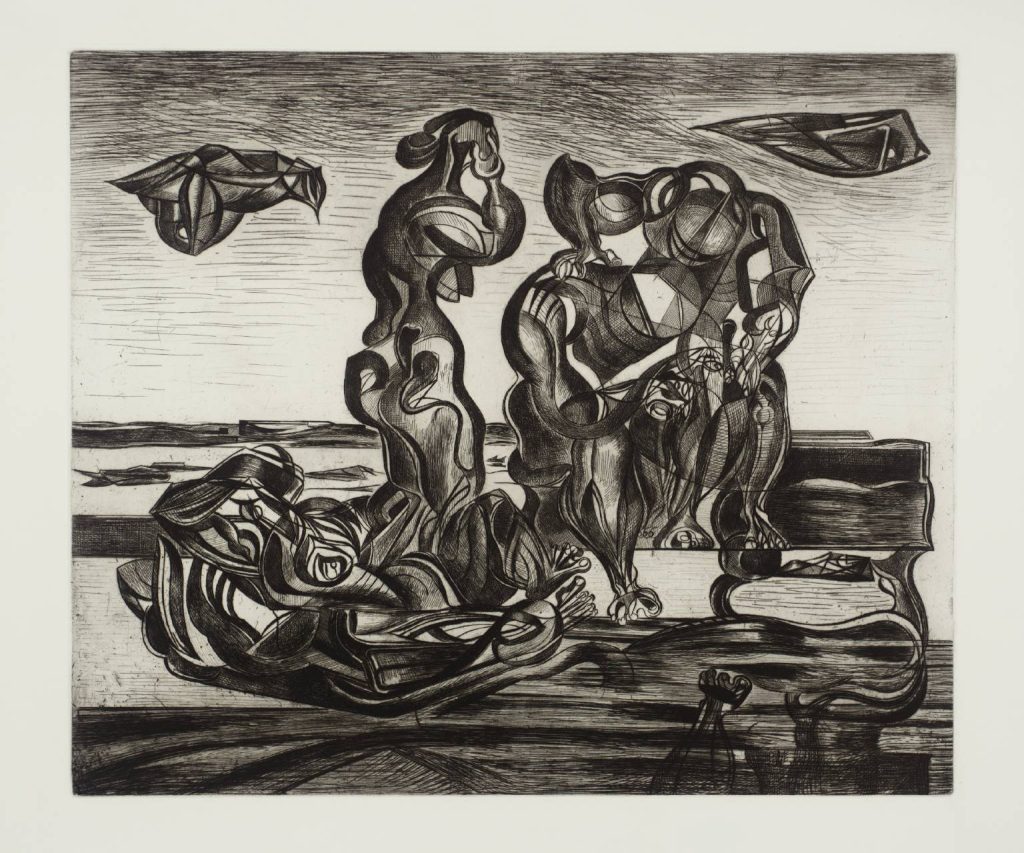
As curators changed over the years the gallery would have a routine of exhibitions of historical works, maps and archaeological prints, and then modern art. From the advert below from 1955 Heffer’s are promoting the latest new ceramics by Lucie Rie and Bernard Leach. By this time they had their own picture framing department, so it’s not uncommon in East Anglia to find the Heffer’s label on the back of pictures that were framed there.
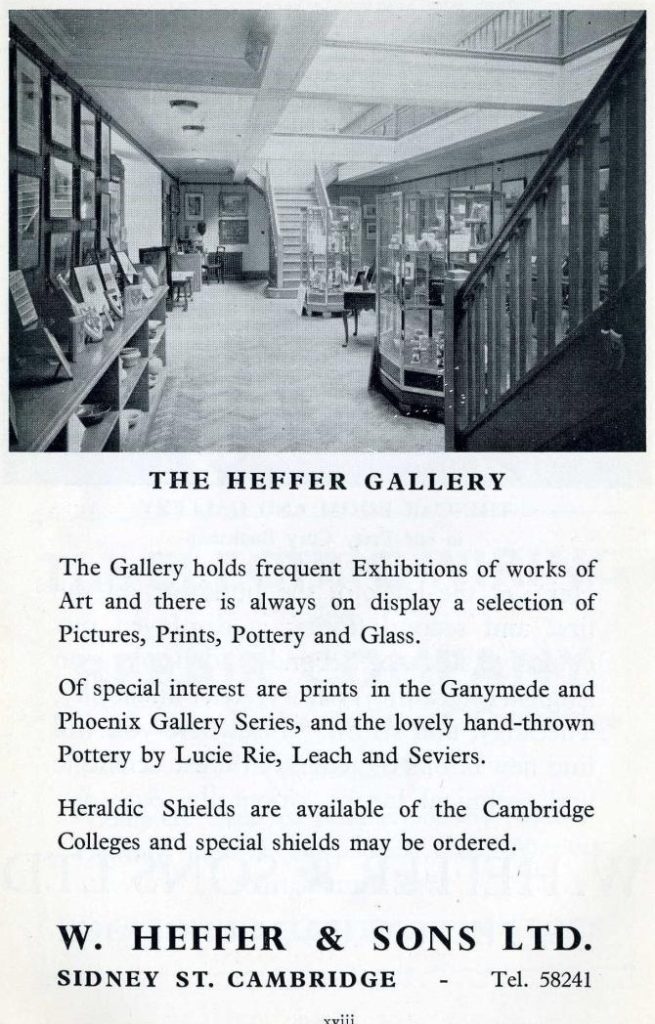
The fate of the gallery came when Heffer’s sold the business to Blackwells in Oxford who closed many of the shops in the city in order to focus on the Trinity Street shop.
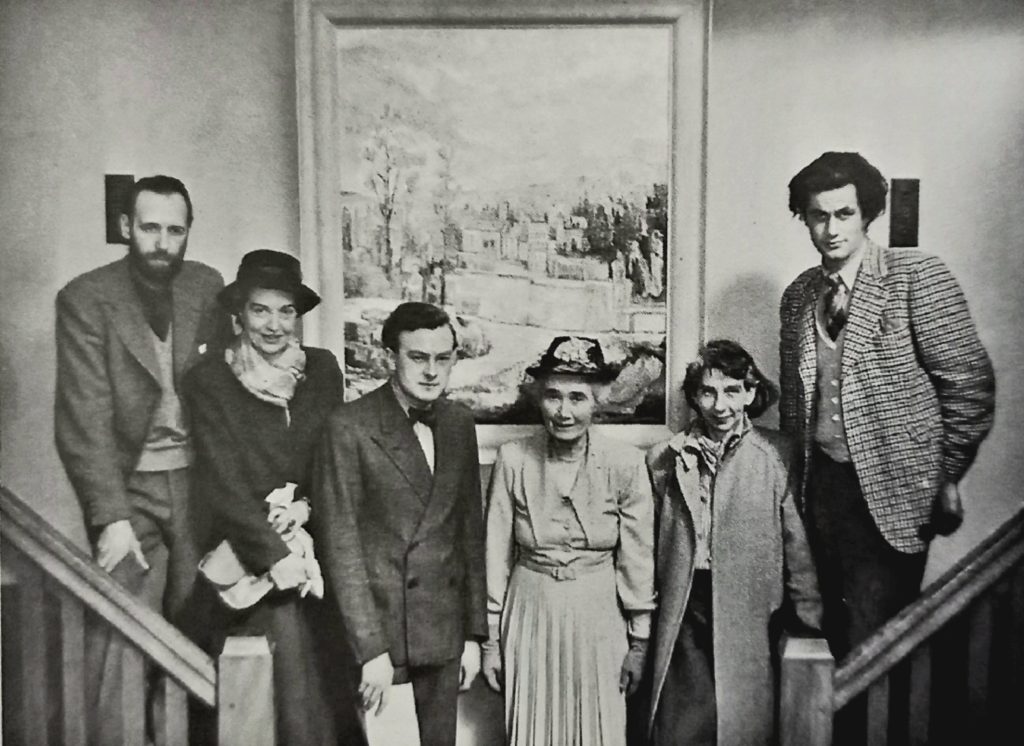
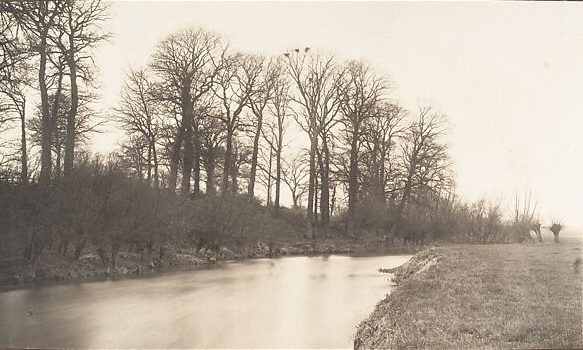
It was at the invitation of William Morris that Frederick H. Evans came to photograph Kelmscott Manor in 1896. The photographer was 43 and was also running a bookshop in London. Two years after these photos were taken he sold his bookshop to become a full time artist. Today he is remembered for his large photographic prints of the Cathedrals of Britain.
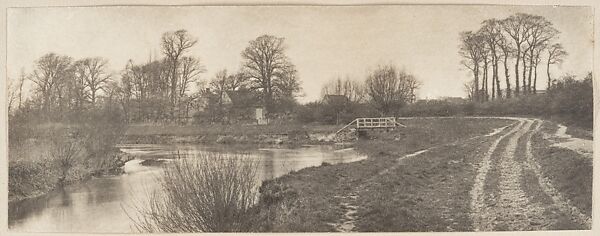
There are only two sets of these photographs, both in American museums. Even’s photographic style was of platinotype images, images of a subtle dusty tone and almost like a photogravure, printed on platinum with sepia tones.
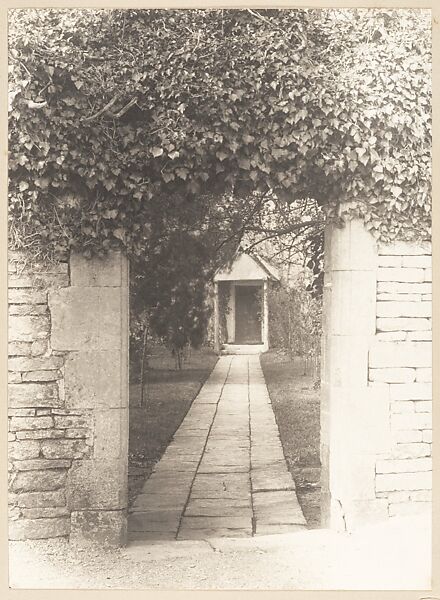
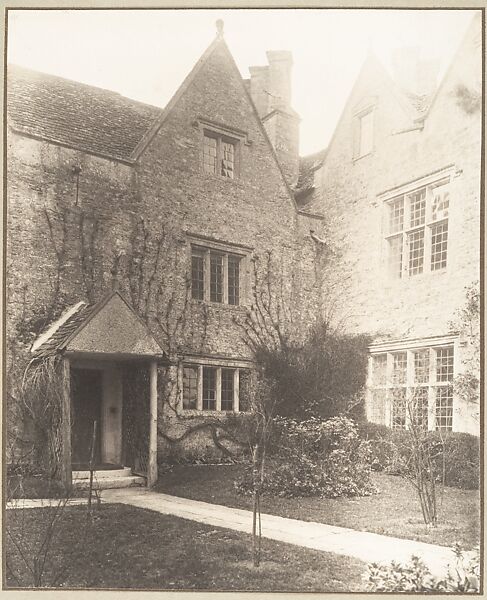
Kelmscott Manor was the country home of the writer, designer and socialist William Morris from 1871 until his death in 1896. The house was originally constructed in 1570 with some additions in the 17th century. It is open to the public to visit and owned by the Society of Antiquaries of London.
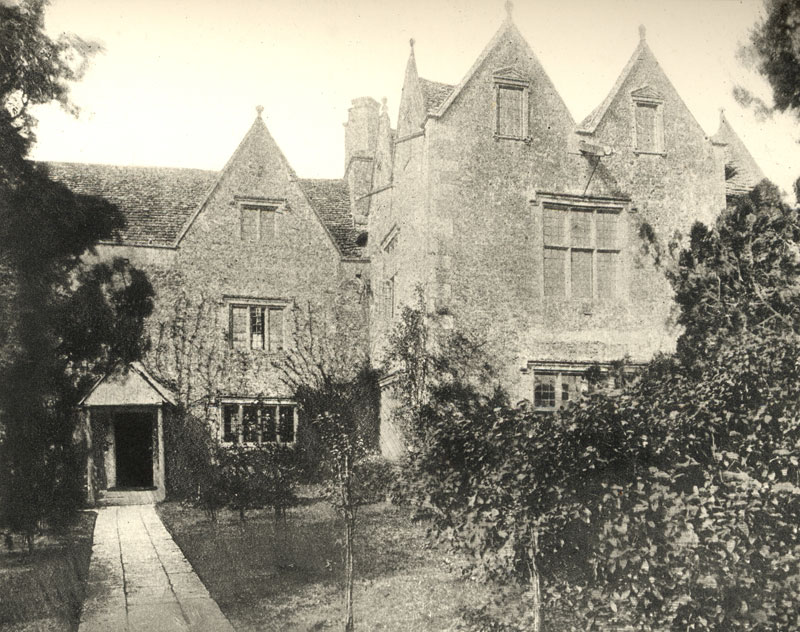
For the first three years, the Morris’s shared lease of the house with Dante Gabriel Rossetti until 1874. Rossetti and Jane Morris used the house to continue their long affair while William was travelling in Iceland, their romance starting originally a few years before. The manor can be seen in the corner of this painting of Jane Morris by Rossetti below made during that summer.
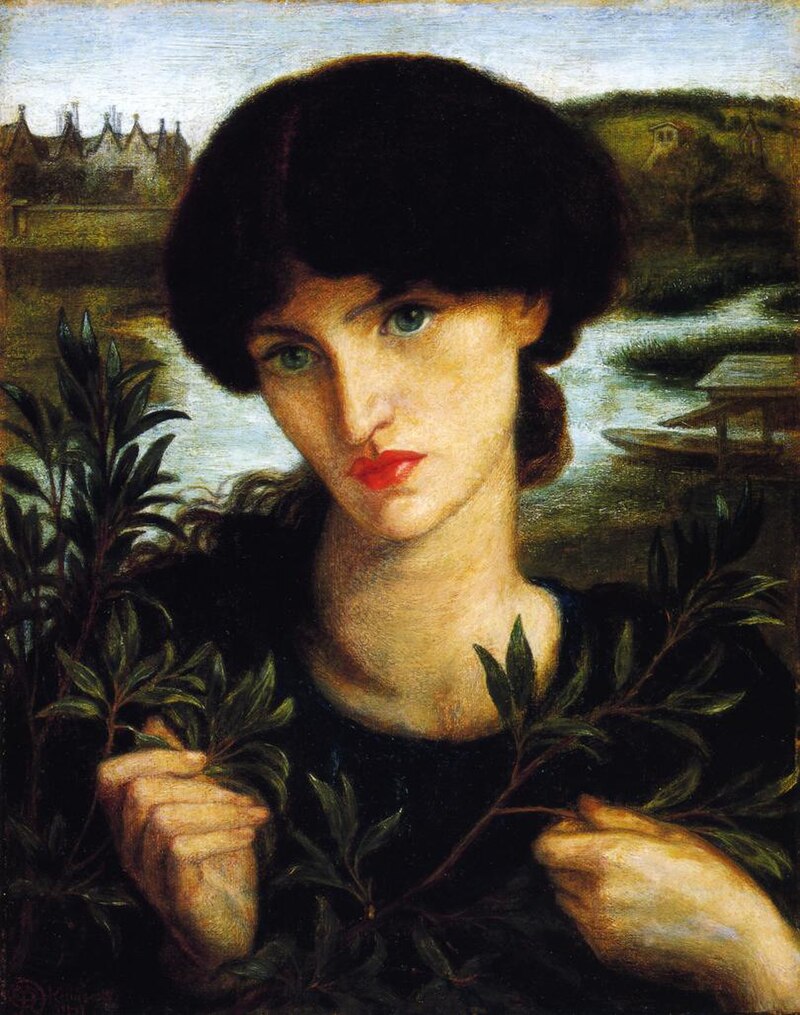
The following year Rossetti’s poems were published to poor reviews and he spent his time at Kelmscott drunk on whiskey or high on chloral. In 1873 he had returned to painting and his work had recovered but the following year Morris couldn’t keep the scandal quiet his wife and his business partner were having an affair, so he cut him out of the Morris company and was asked to leave the house in July, 1874.
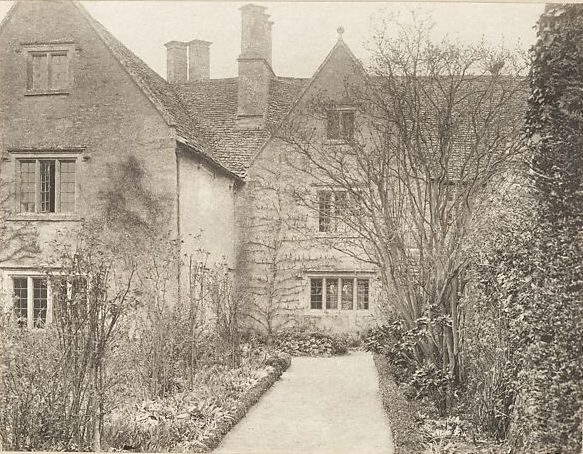
The Morris’s stayed on renting the house until 1914, when Jane bought the house to give her daughters Jane and May some security.
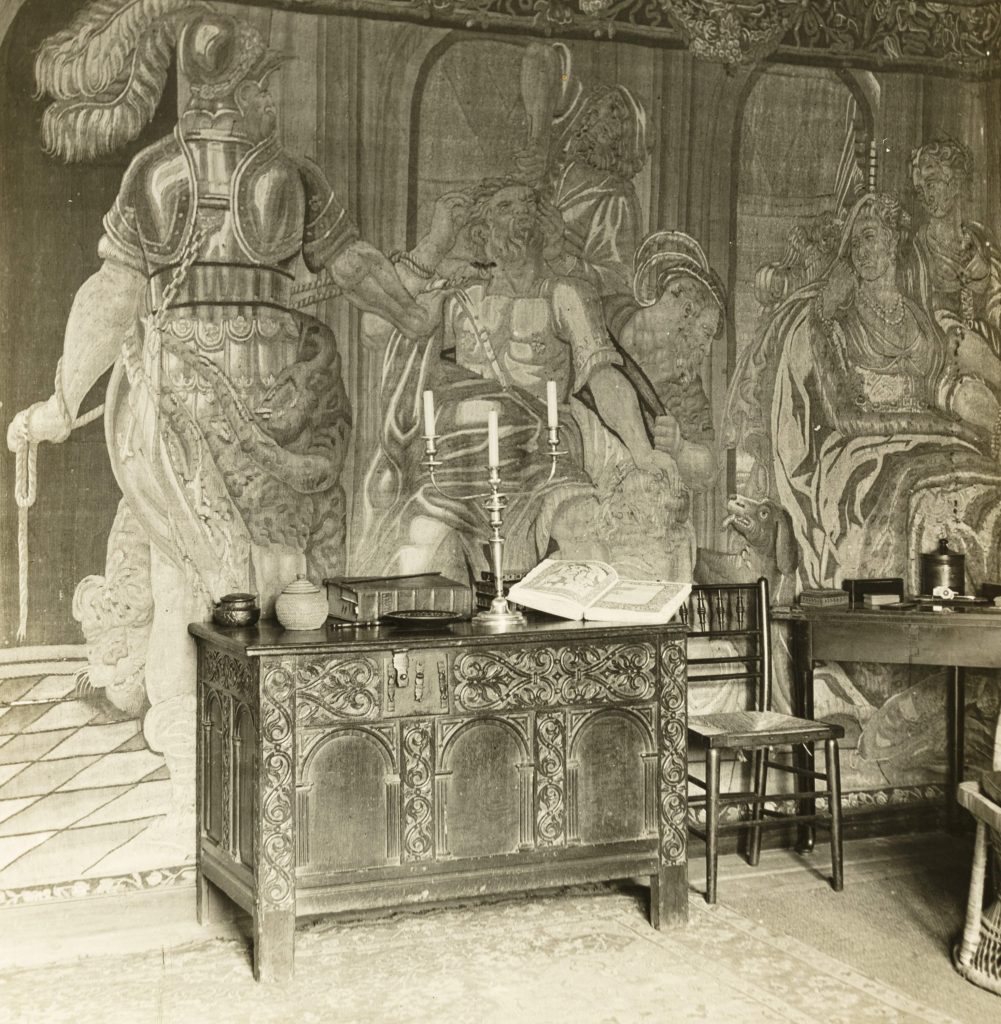
May Morris died in 1938 and bequeathed the house to Oxford University, on the basis the contents were preserved and the public were granted access. The University were unwilling to preserve the house as ‘a museum piece’ and passed the house and land to the Society of Antiquaries in 1962.
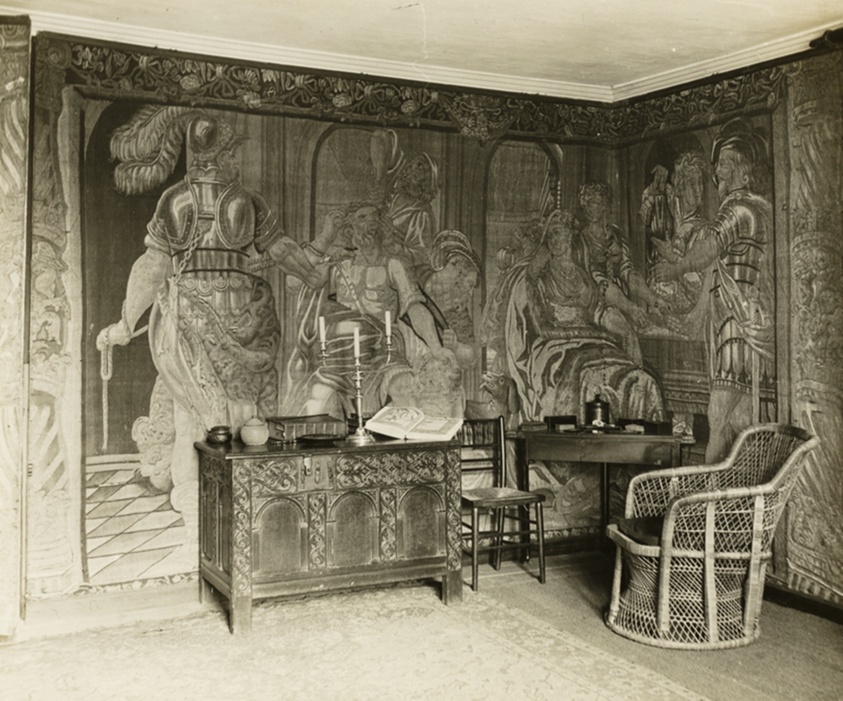
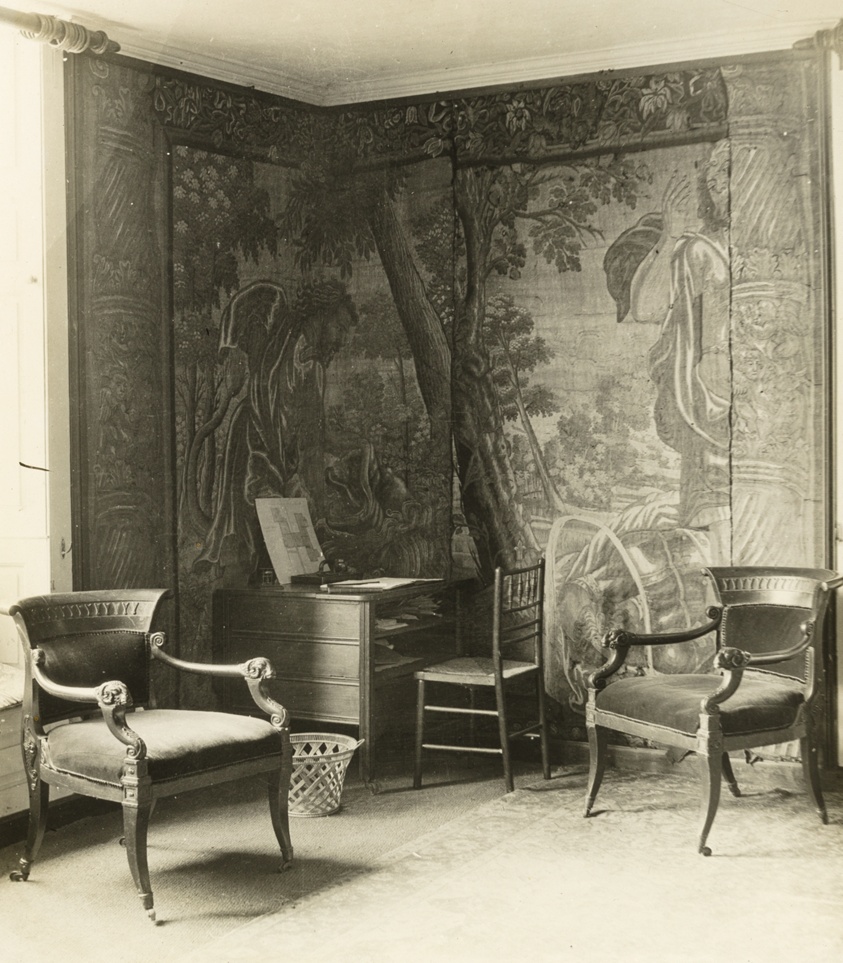
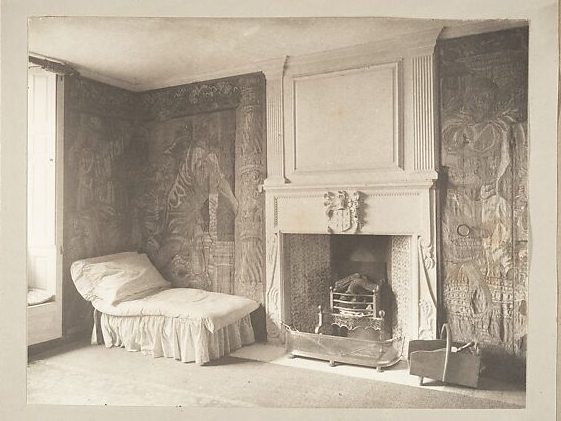
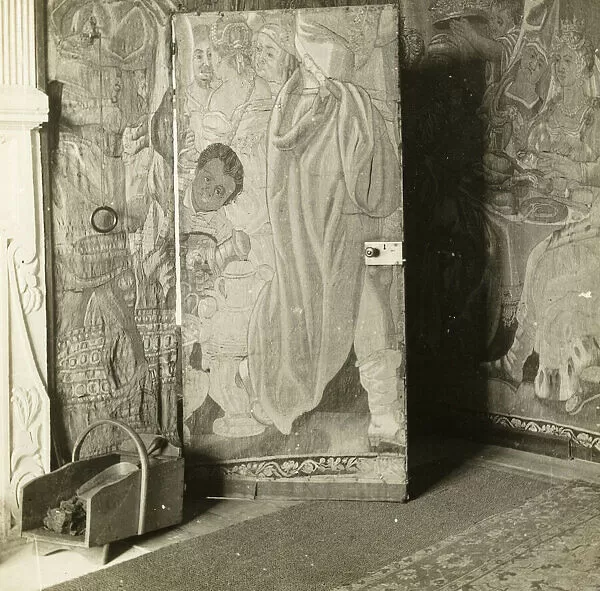
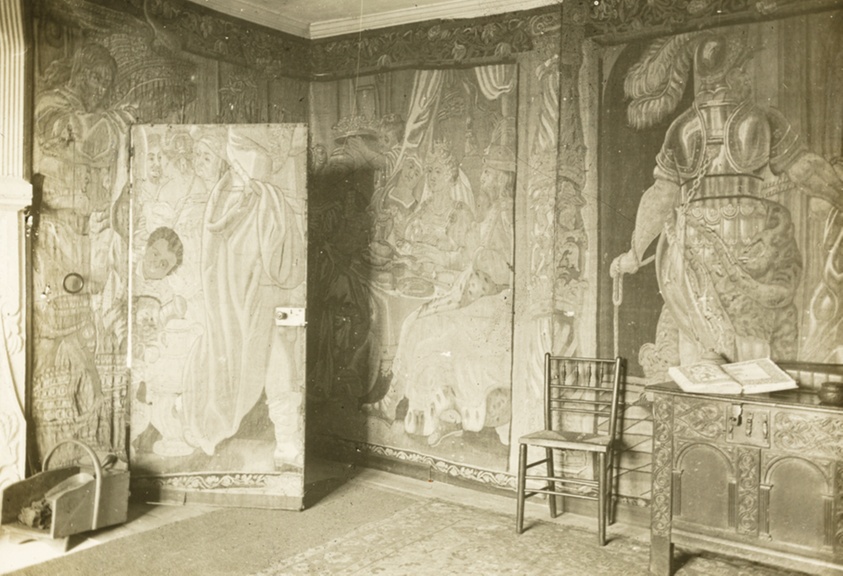
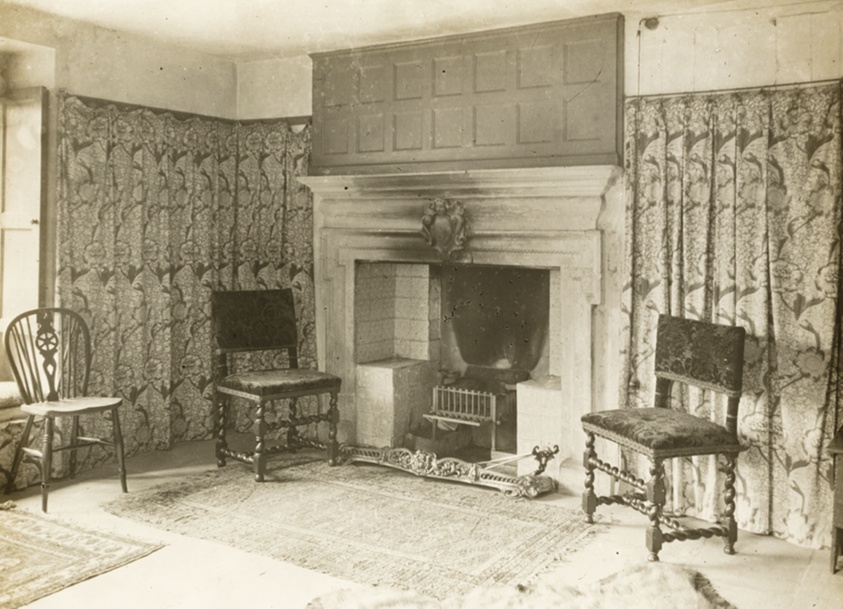
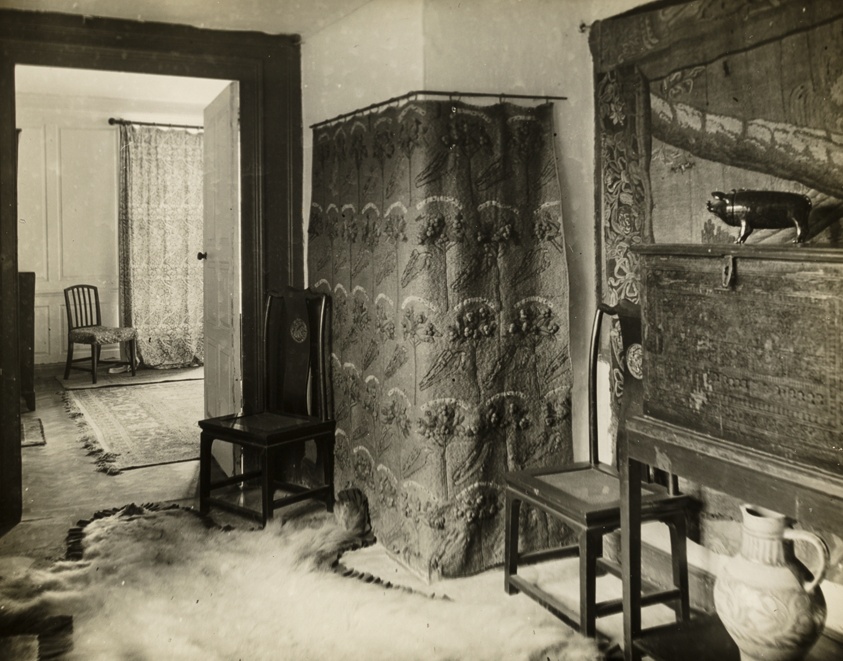
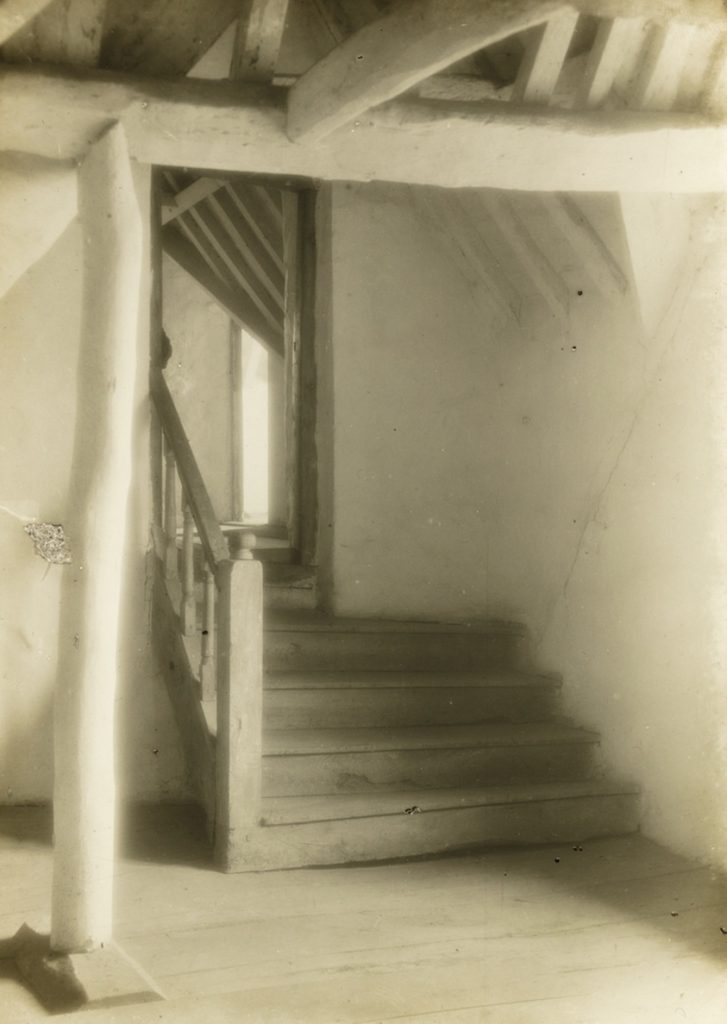
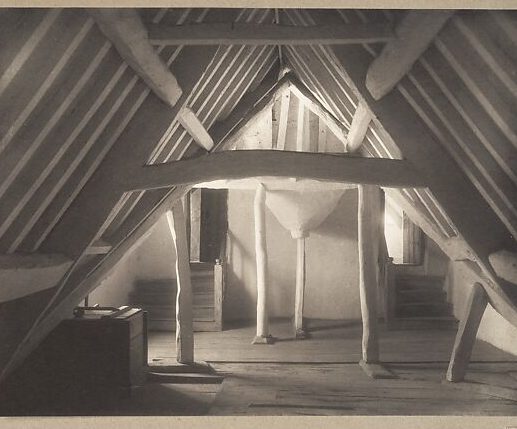
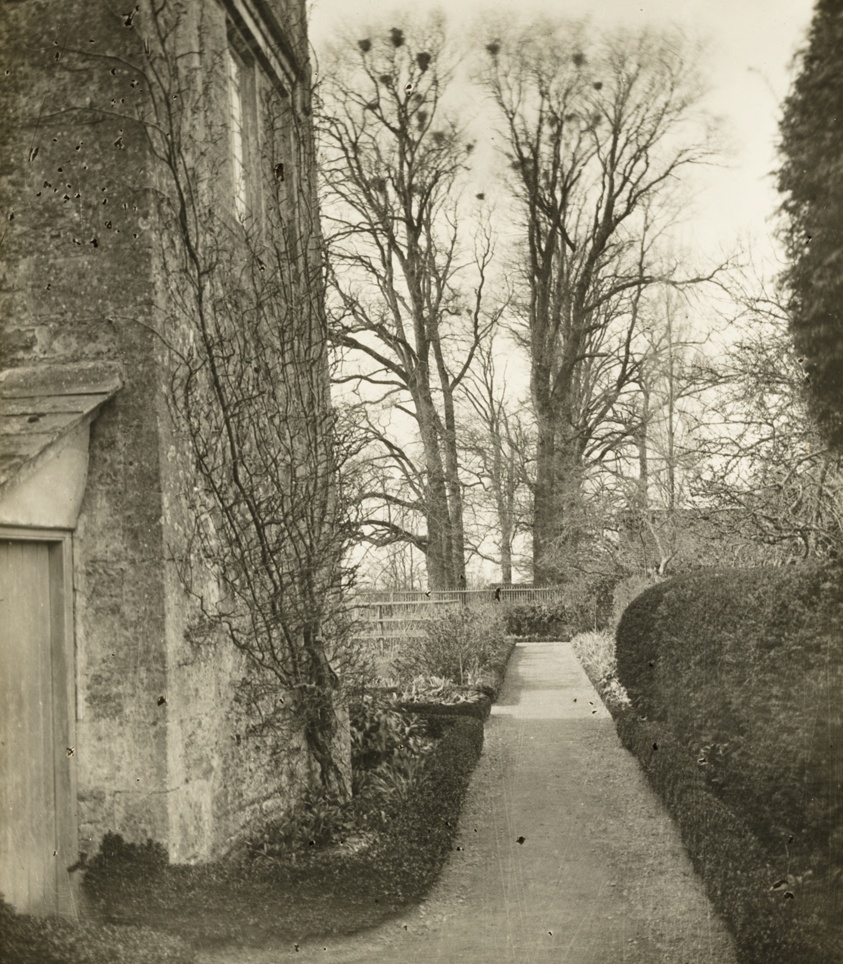

Painted by John Sell Cotman and his son, Miles Edmund Cotman, this is a hypothetical scene of protest and anger.
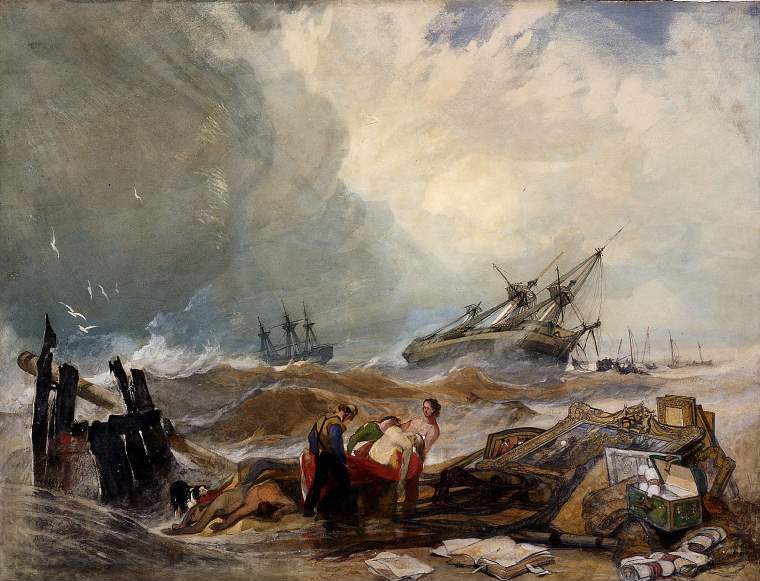
Robert Walpole had been made a prime minister under George I. He was from a wealthy family and had invested in the South Sea Company when stocks were cheap and sold them at a profit before the company’s collapse of an inflated share price. They traded in slaves, mahogany and rum. He used the money to build Houghton Hall. Over the years he collected good furniture and paintings, filling his home with the spoils of wealth. He died leaving massive debts and his estate to his son, who sold some of the works to keep afloat, however he only survived his father by six years and the estate and debts passed to his son George.
Described as “the most ruined young man in England” George Walpole was frivolous with what money was left to him, gamling most of it away. In a scheme to make money he decided to sell his grandfather’s collection of furniture and art. In a deal negotiated by James Christie, founder of the auction house, the collection was sold to Empress Catherine the Great.
Their sale was seen as a public scandal as they collection included works such as: Rembrandt, Van Dyck, Teniers, Rubens, Poussin, Claude Lorrain, and Murillo.

Following the outrage of the works sale, the painting was made by John Sell Cotman and his son, showing the bodies of dead sailors and works including the large Rubens washed up on the shore in ruins with other plunder from the estate. Though no misfortune ever happened in real life and the boats made it to Russia complete, there was an anger felt by the upper classes in Britain of the loss of such a collection that showed a different style of “lost treasure”. The boat had set sail from Kings Lynn harbour for Russia and as the Cotman’s were Norfolk artists this might be why they felt a betrayal of their fellow countryman, George Walpole.
When Welwyn Garden City was first imagined, it was to provide not only housing, but a social system that would sustain a utopian country town. Writing in his manifesto Garden Cities Of To-Morrow (1898), Ebenezer Howard has planned out how this was to be achieved in Victorian Britain. With his ‘Three Magnets’ diagram, he breaks down society into town and country, listing the pros and cons for both and combining them in the bottom part of the illustration as an early Venn diagram. “The town is the symbol of society — of mutual help and friendly cooperation, of fatherhood, motherhood, brotherhood, sisterhood, of wide relations between man and man — of broad, expanding sympathies — of science, art, culture, religion. And the country! The country is the symbol of God’s love and care for man.”
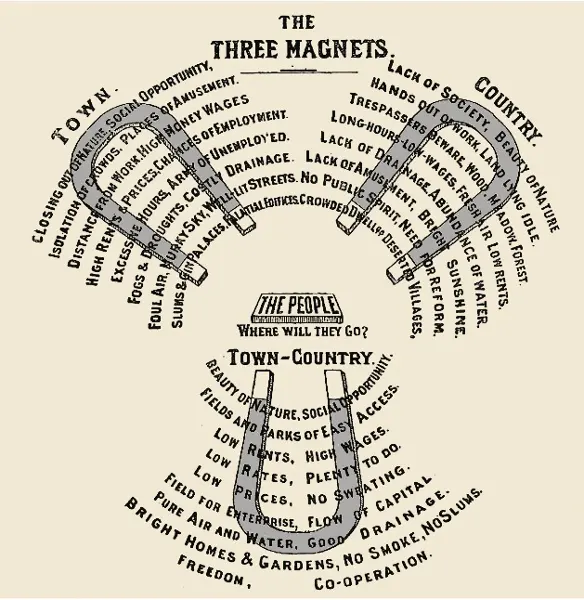
His hope was to avoid the errors of the past in the mill towns of Britain, where factories popped up quicker than the homes for the workers could be considered, with slum housing erected to cope with demand. If towns were to be built afresh, they should avoid cheap ribbon building. Homes should have gardens, roads should be lined with trees; the town should have a large park, areas for offices, shops and factories for people to work in. Reflecting on Victorian British cities Howard wrote: “The well-lit streets are a great attraction, especially in winter, but the sunlight is being more and more shut out, while the air is so vitiated that the fine public buildings, like the sparrows, rapidly become covered with soot, and the very statues are in despair. Palatial edifices and fearful slums are the strange, complementary features of modern cities“.
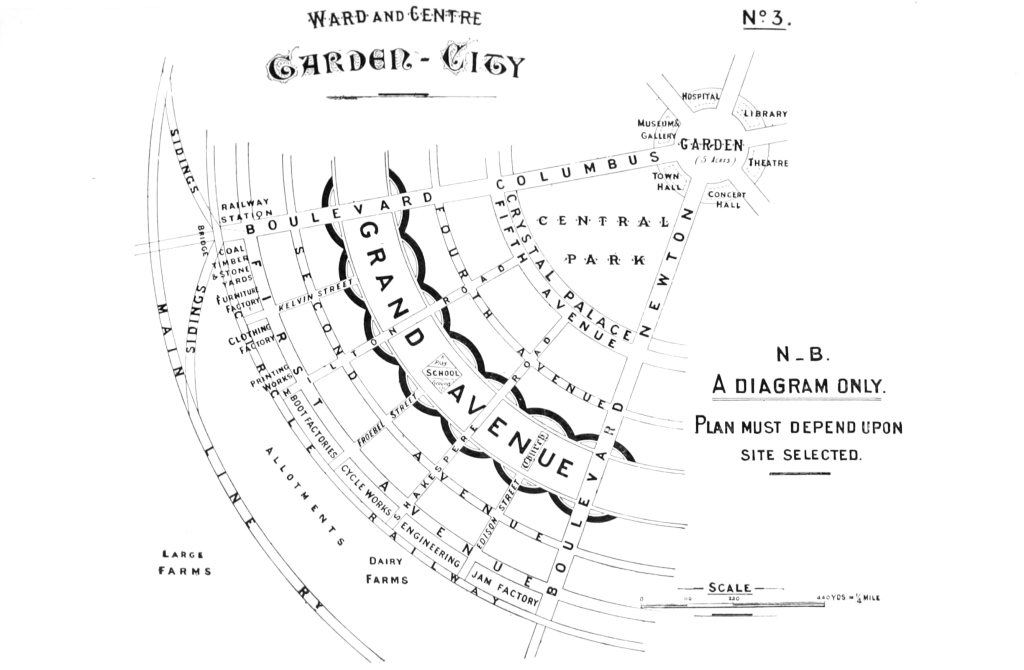
After seeing his plan for a city implemented, Ebenezer Howard died and then the second wave of building was designed by two men: Louis Emanuel Jean Guy de Savoie-Carignan de Soissons (1890-1962) who had studied at the Royal Institute of British Architects before setting up his architectural practice De Soissons & Kenyon, alongside Arthur William Kenyon (1885-1969). Part of their plan was a large factory near the railway, and it was for Shredded Wheat.
Now in ruins, the can be seen from the trains that run through Welwyn Garden City. The silos have been preserved and shall be used in the redevelopment of the site.
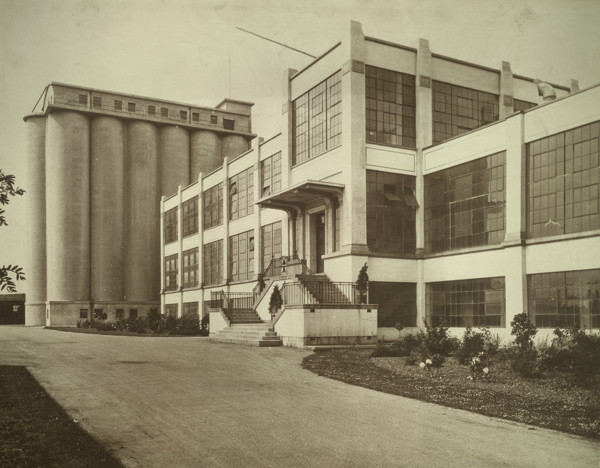
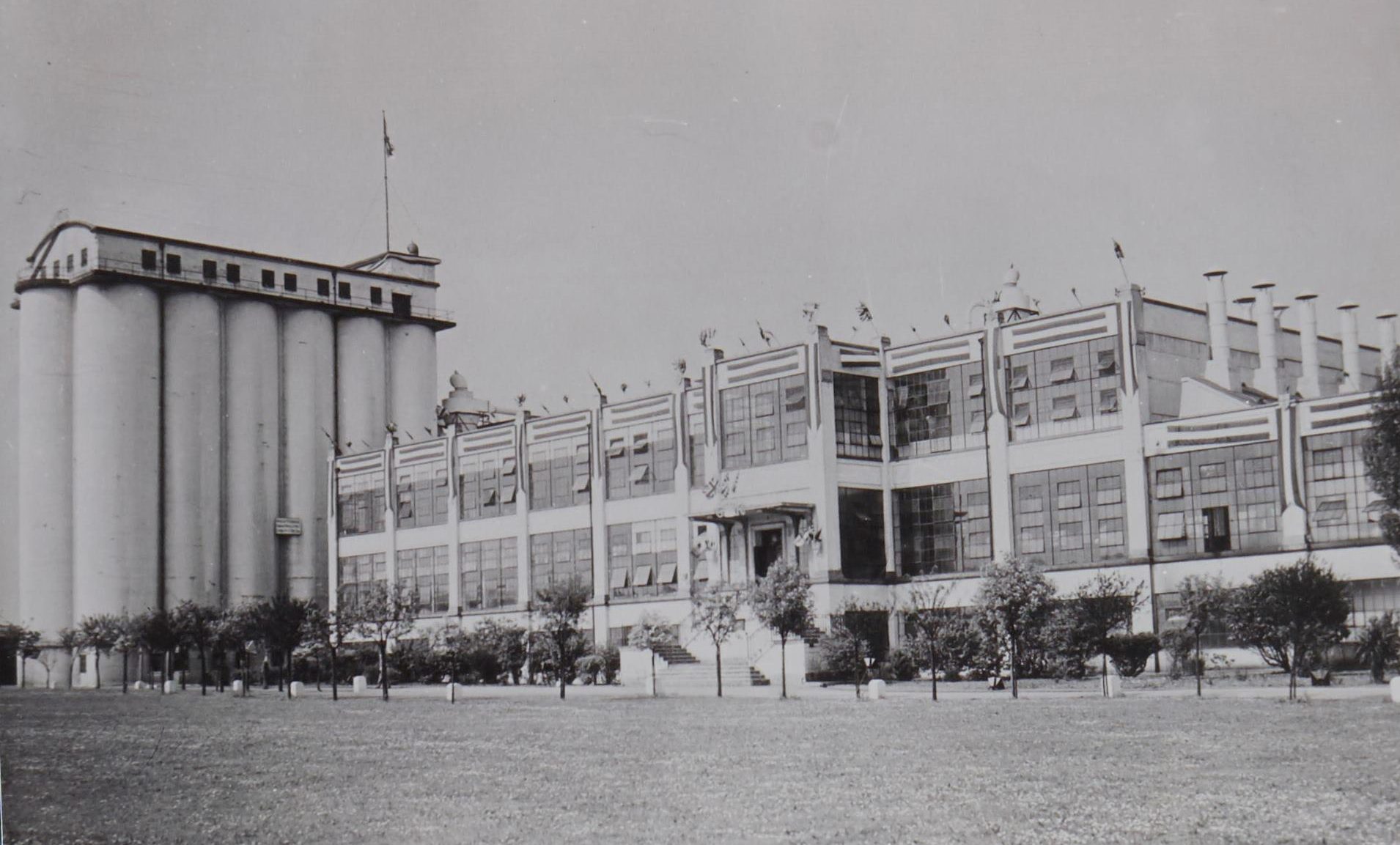
The Shredded Wheat factory known locally as ‘The Wheat’, opened in 1926 and ceased production in January 2008. Originally designed by De Soissons and Kenyon. The site is to be redevelopment with flats and shops with the original factory made the centre of focus as a Grade II listed landmark building.
